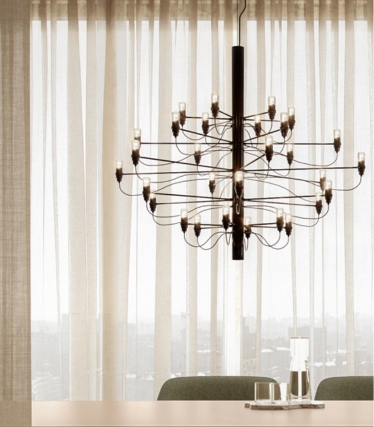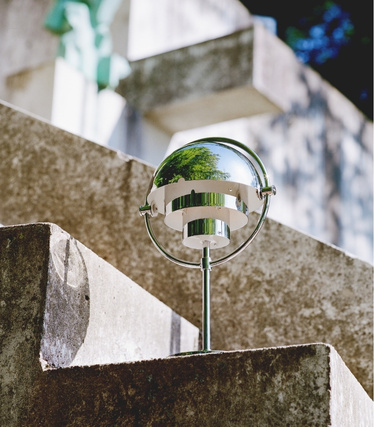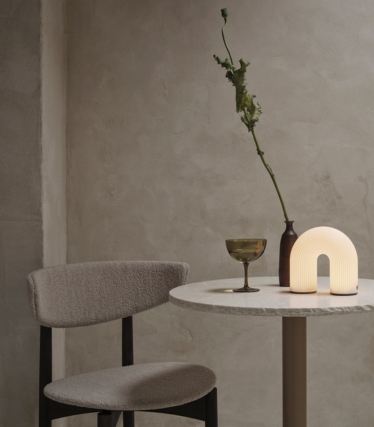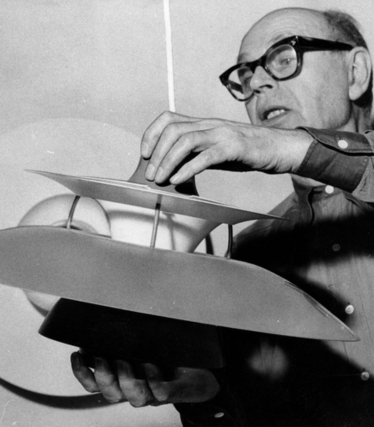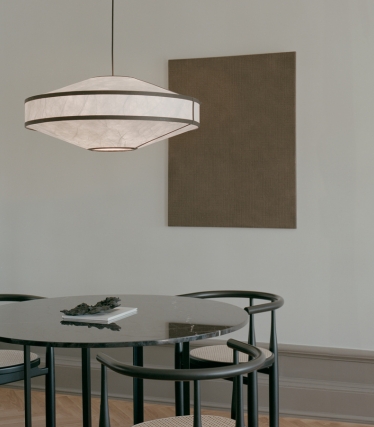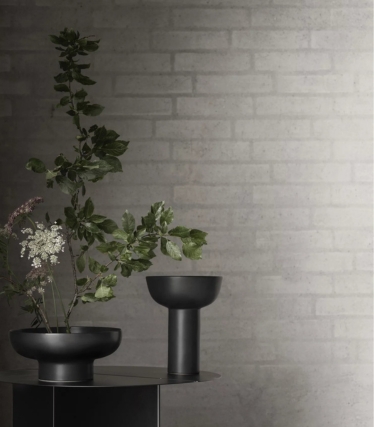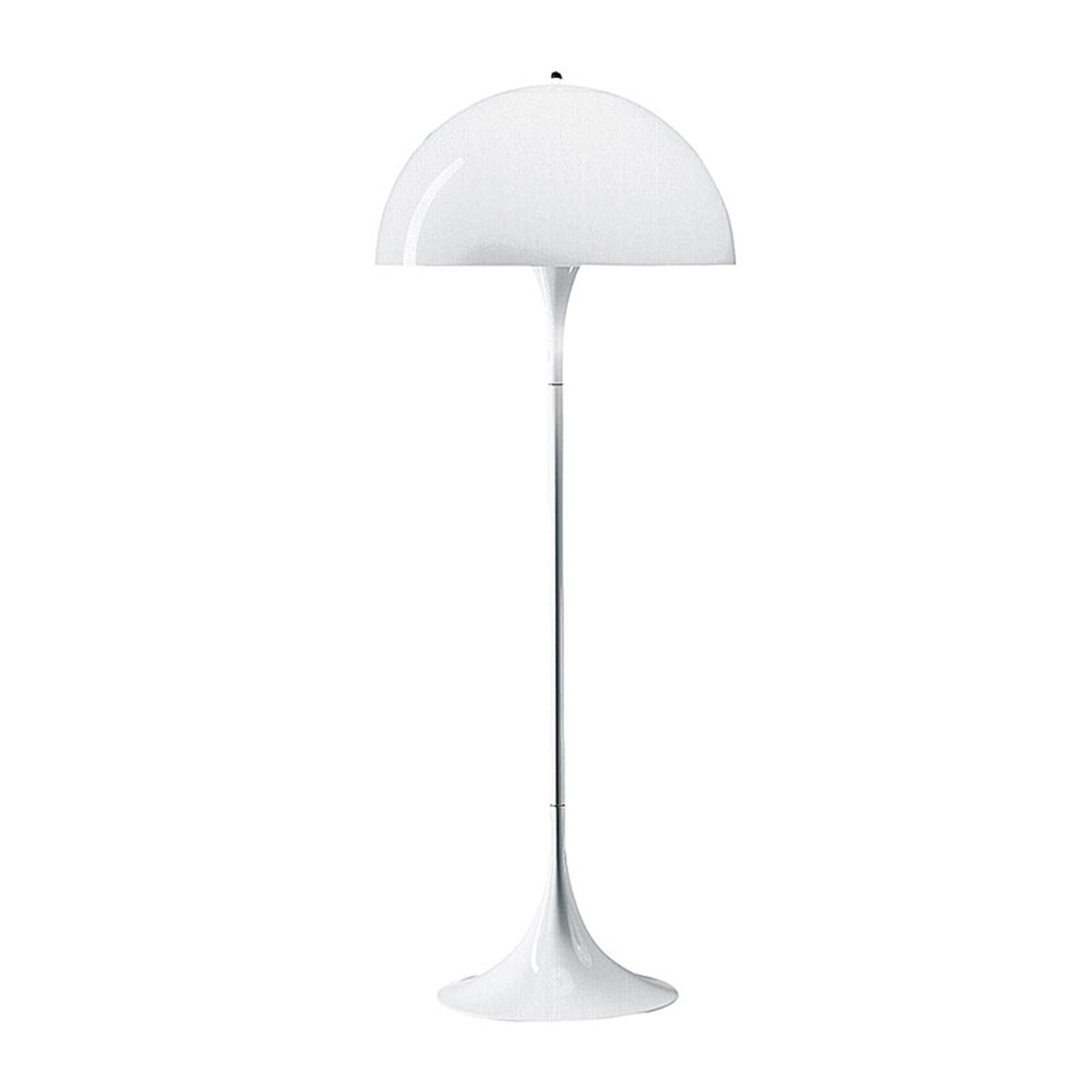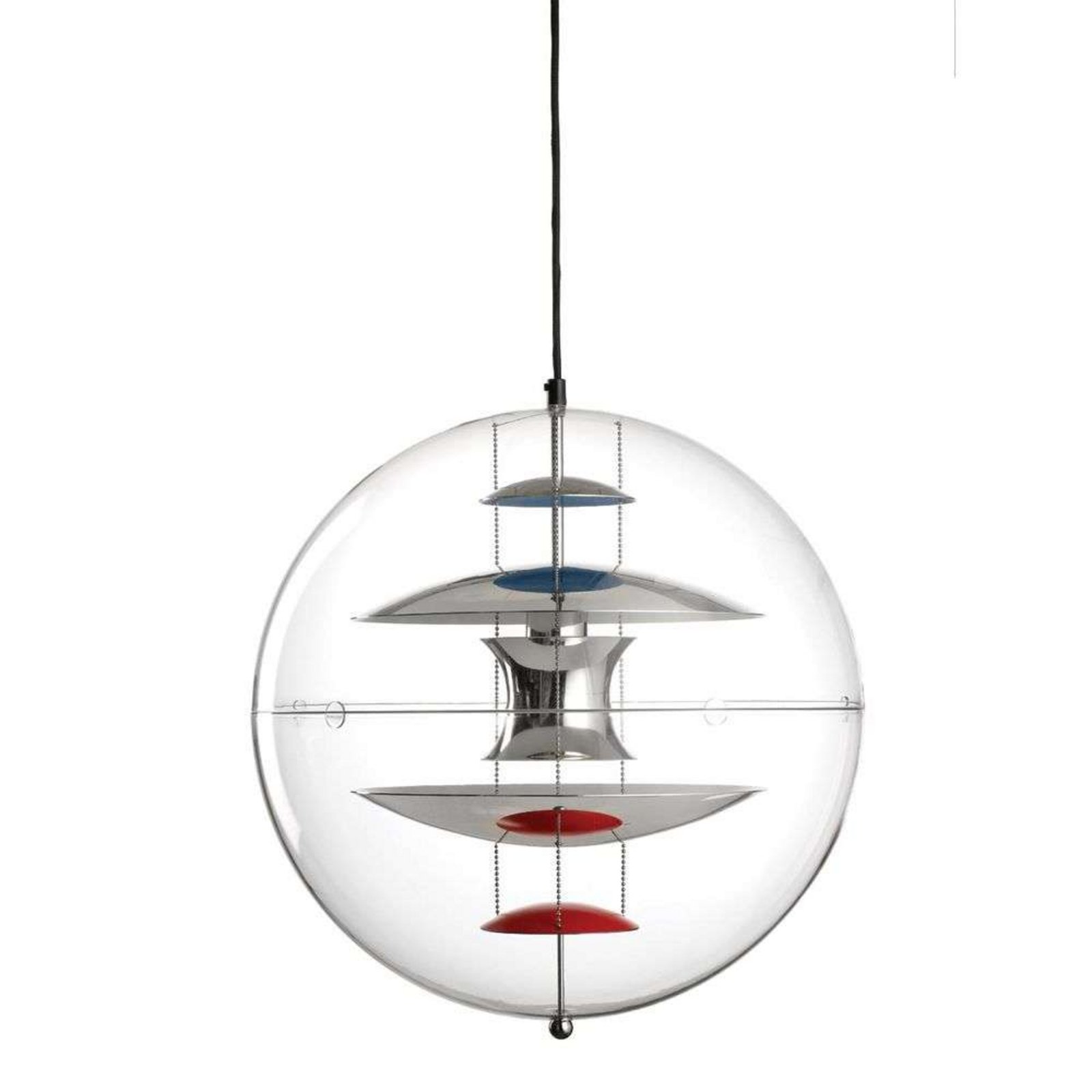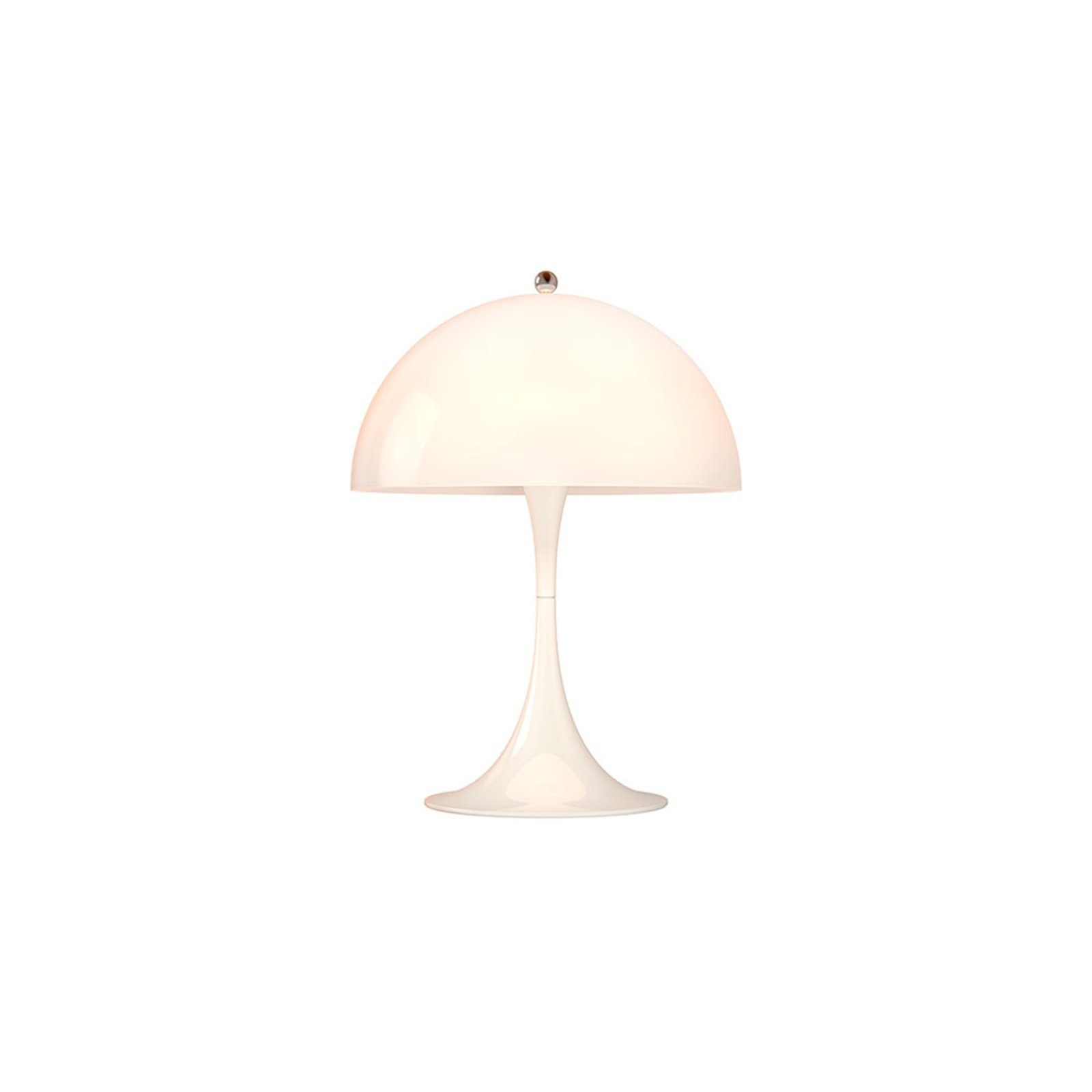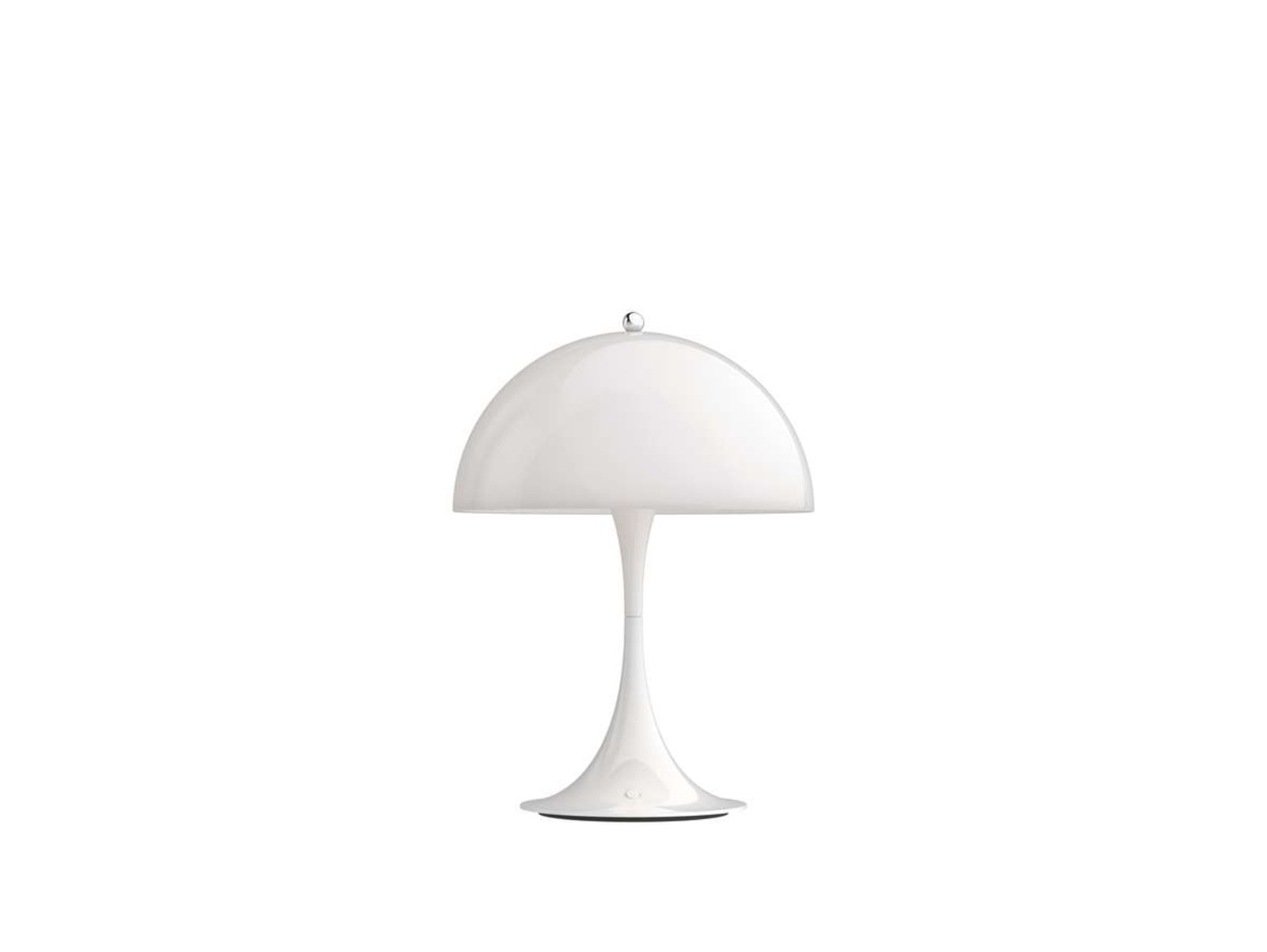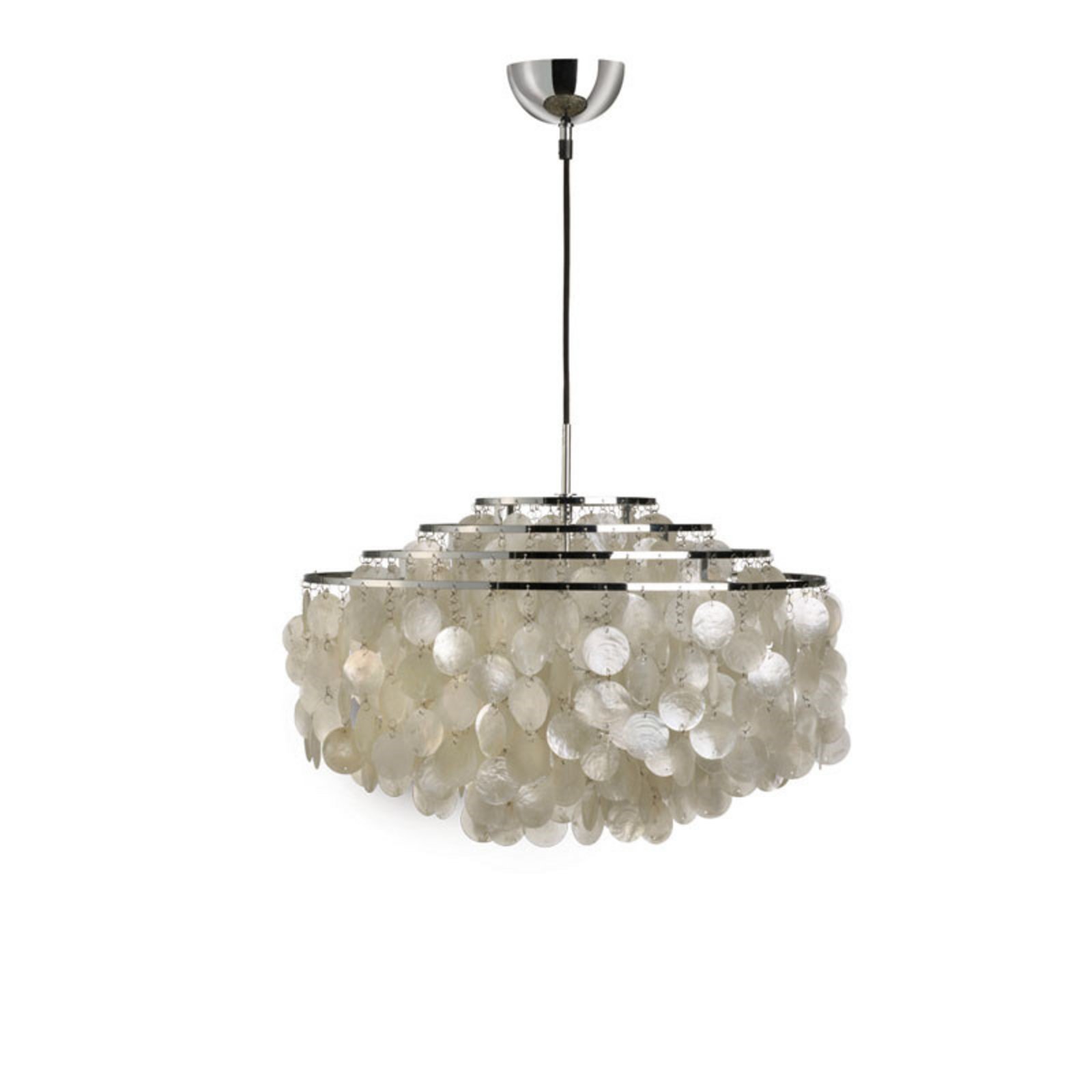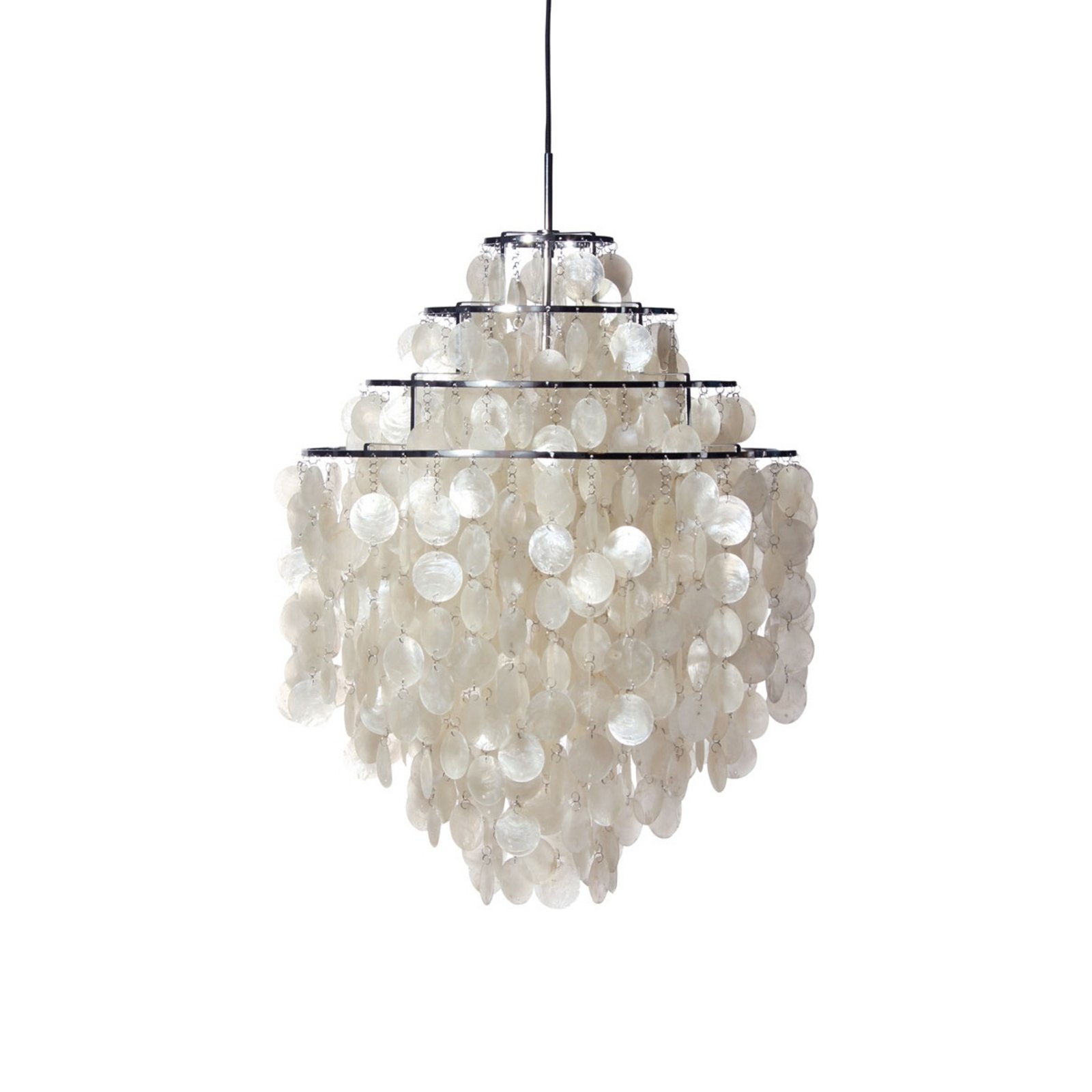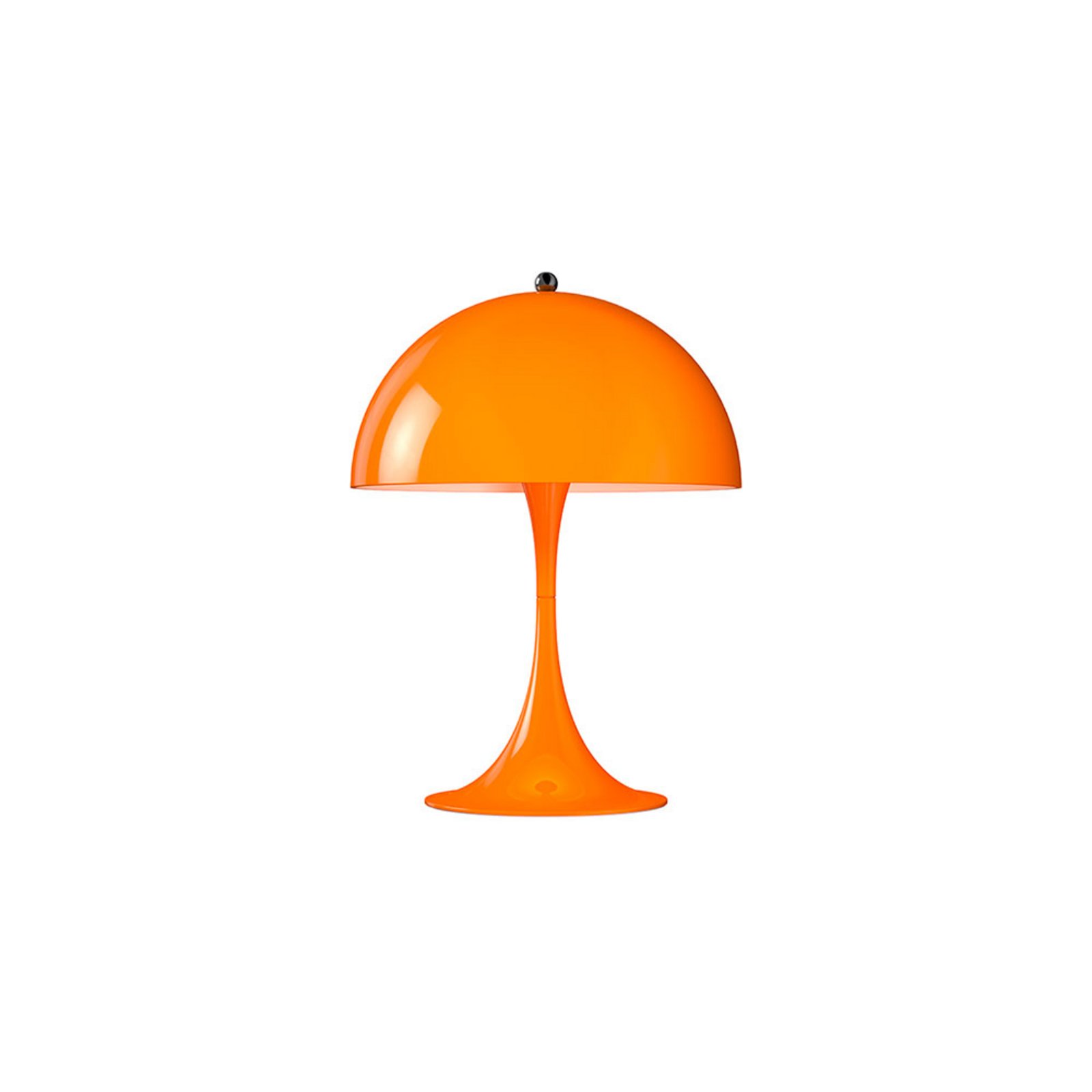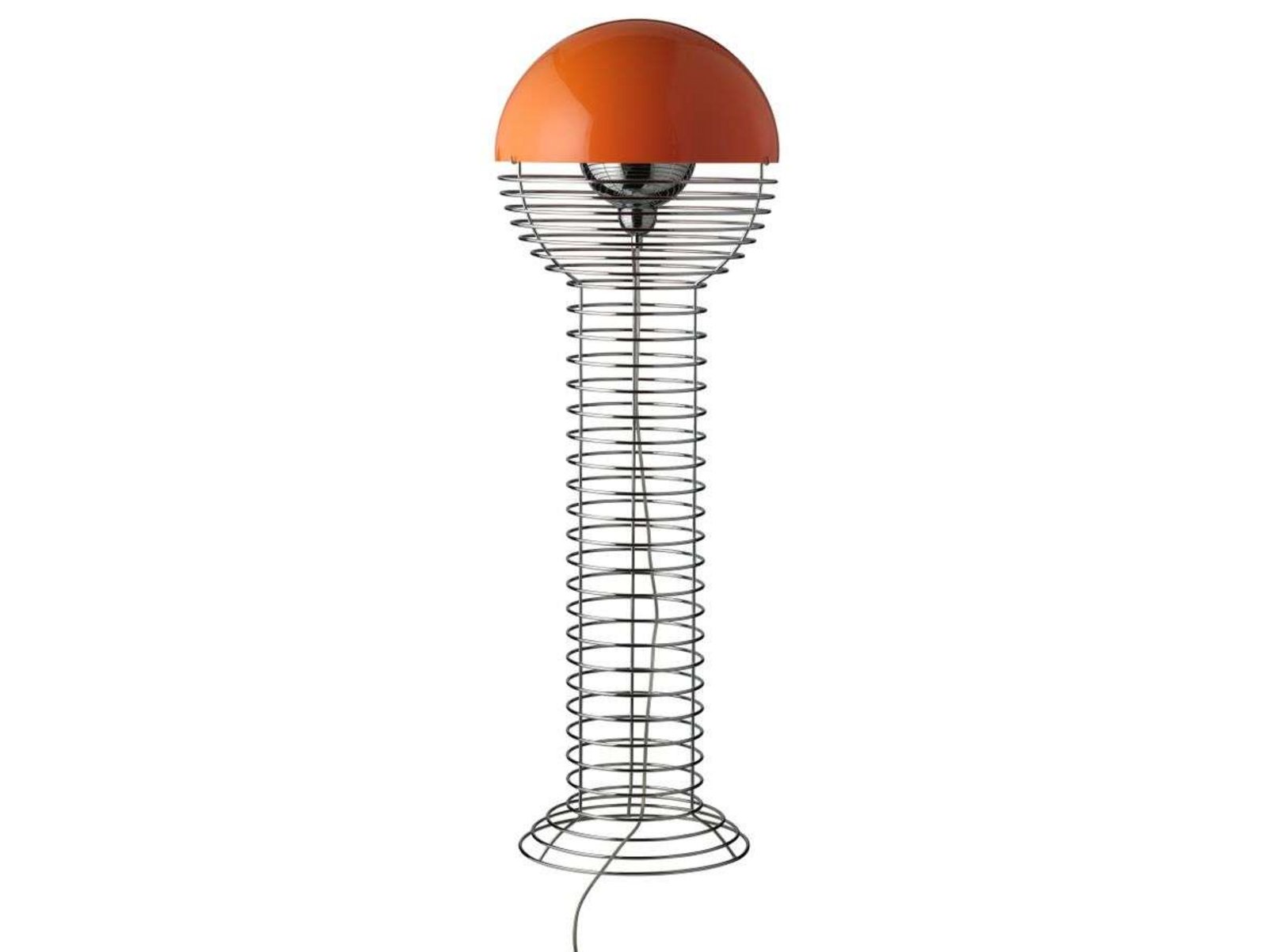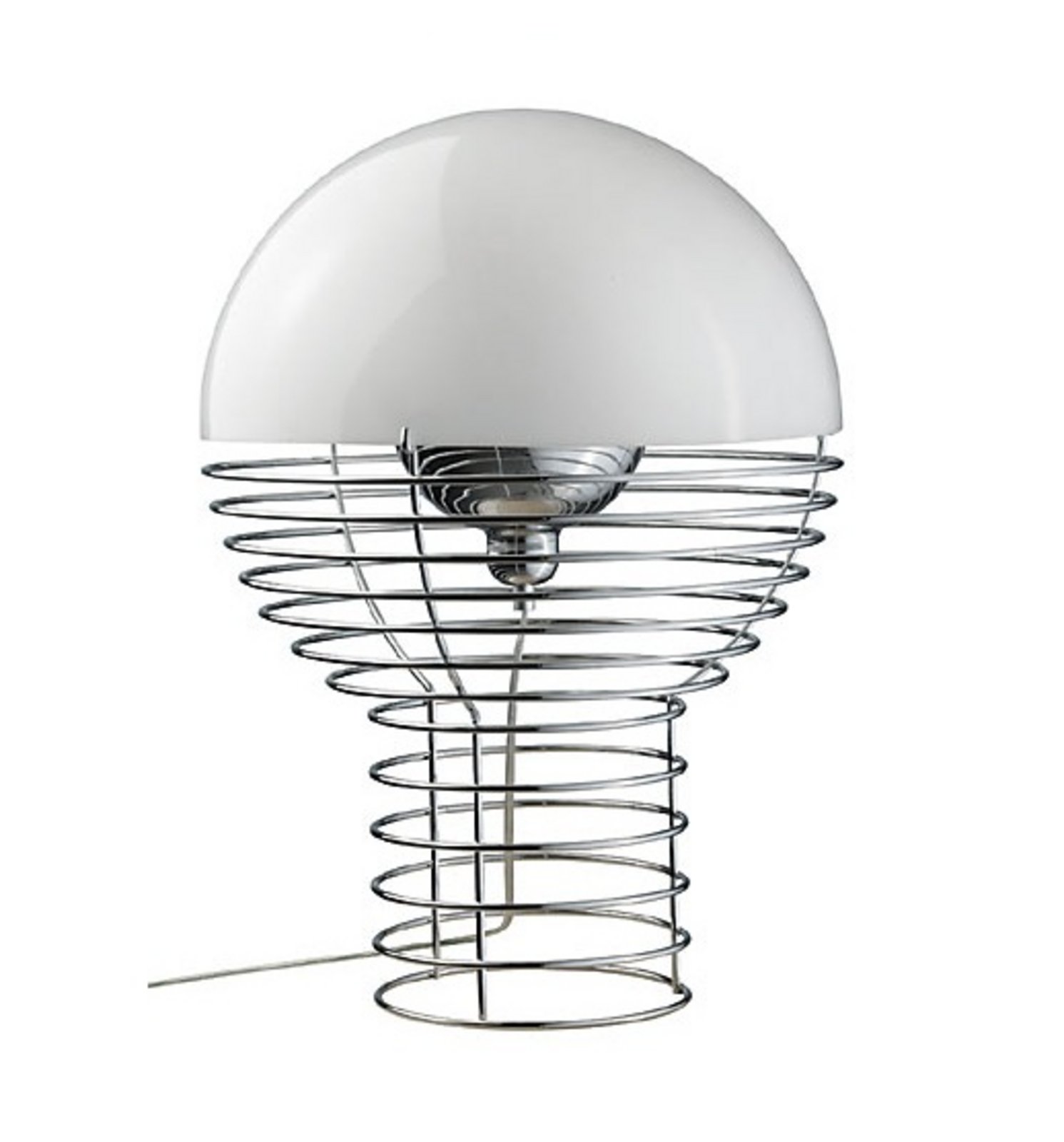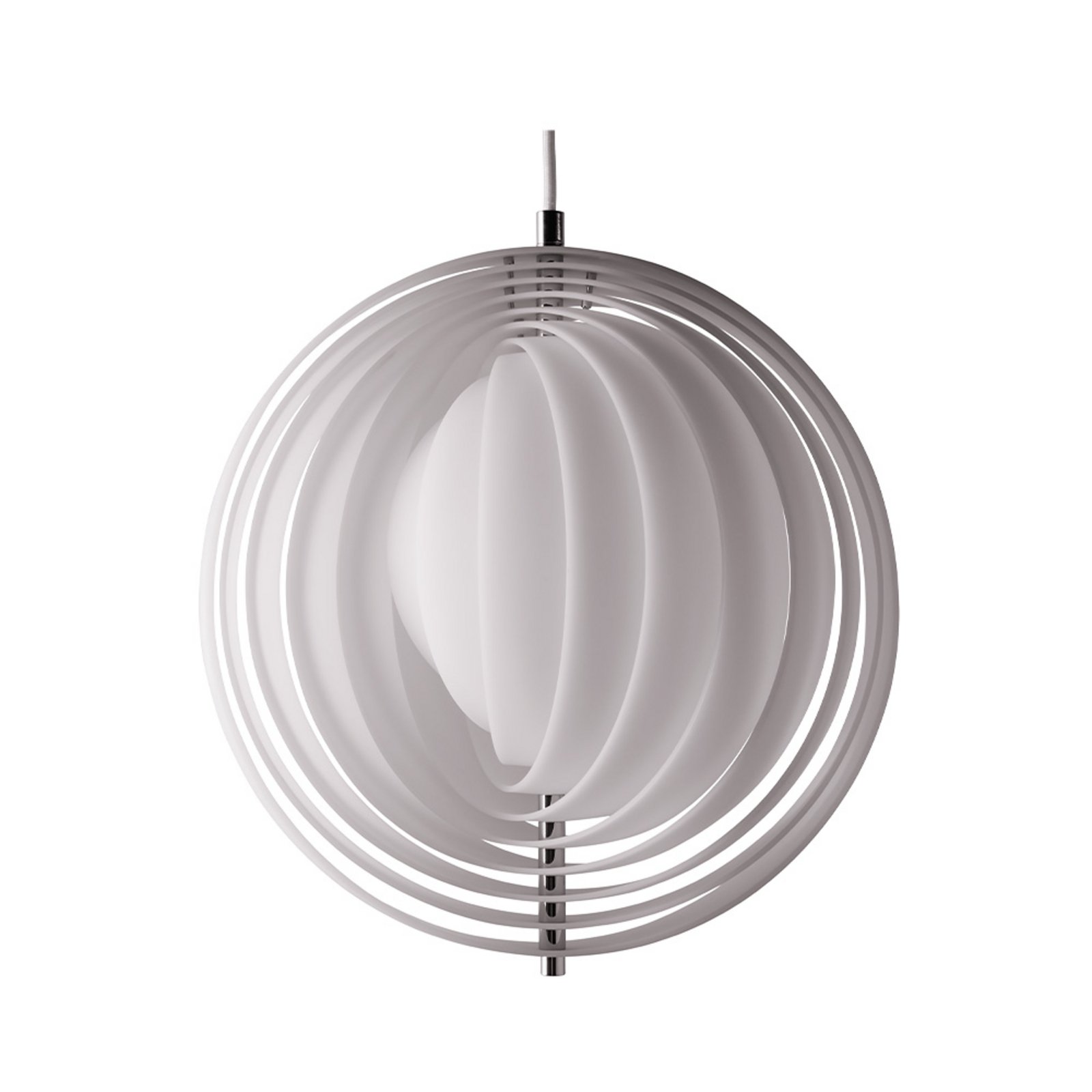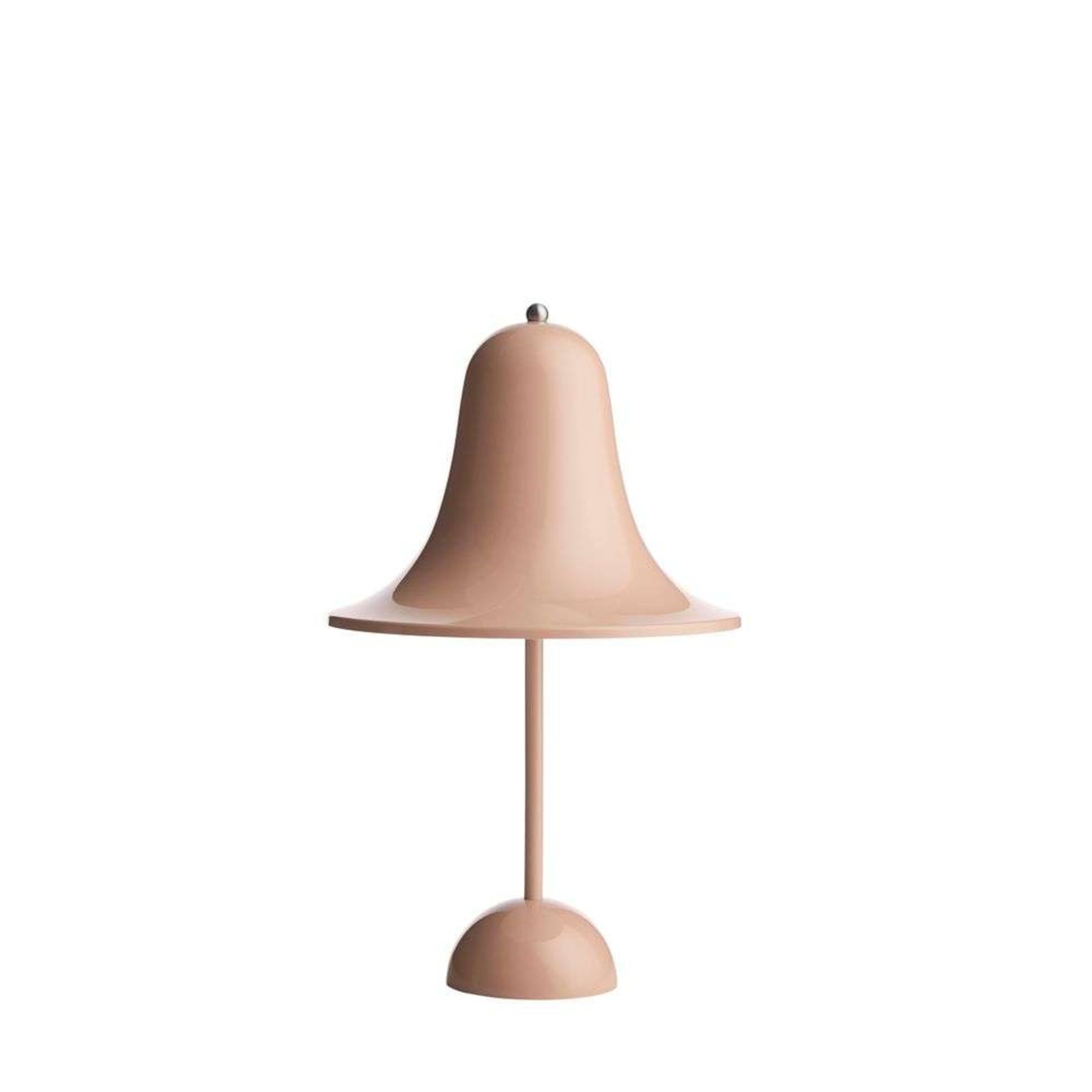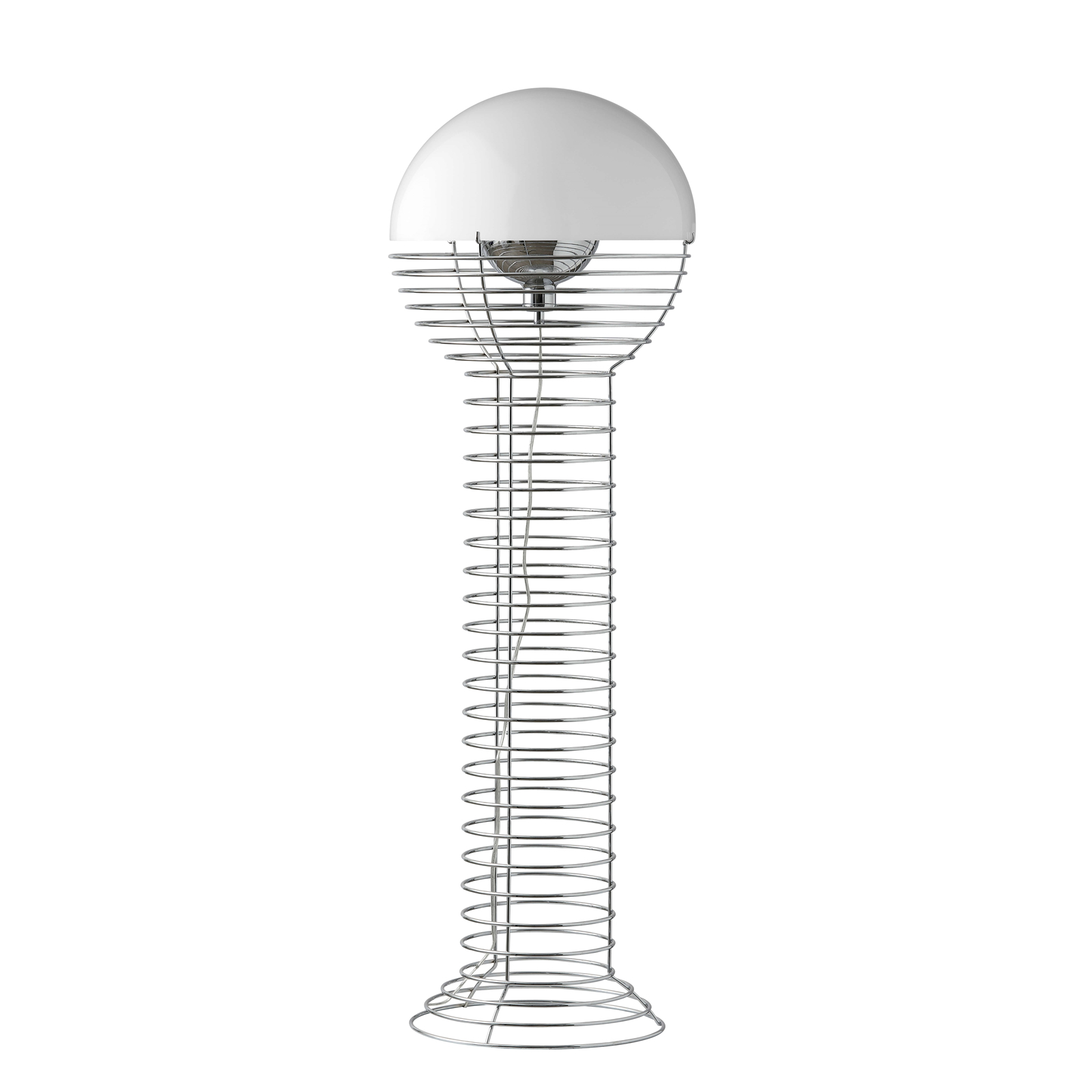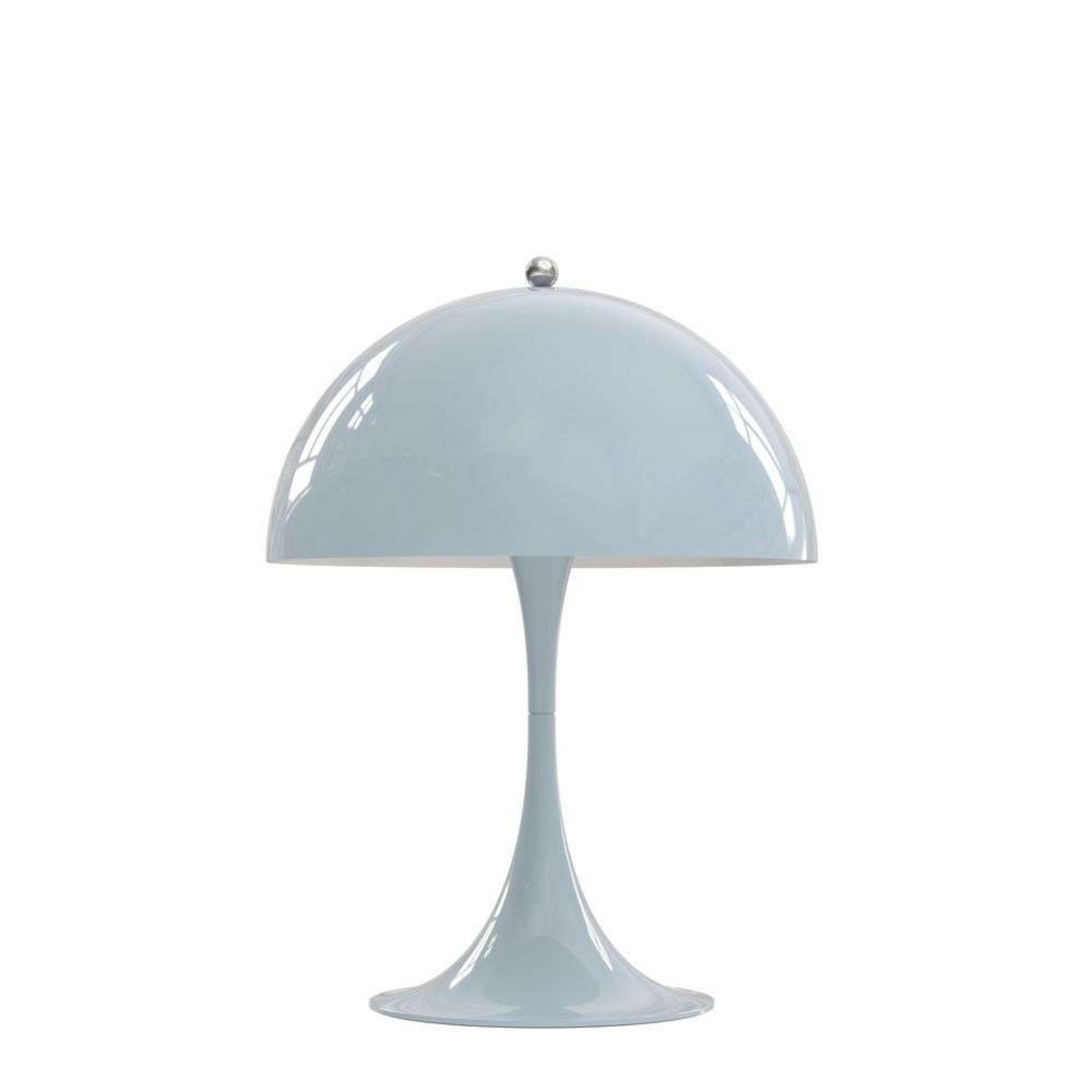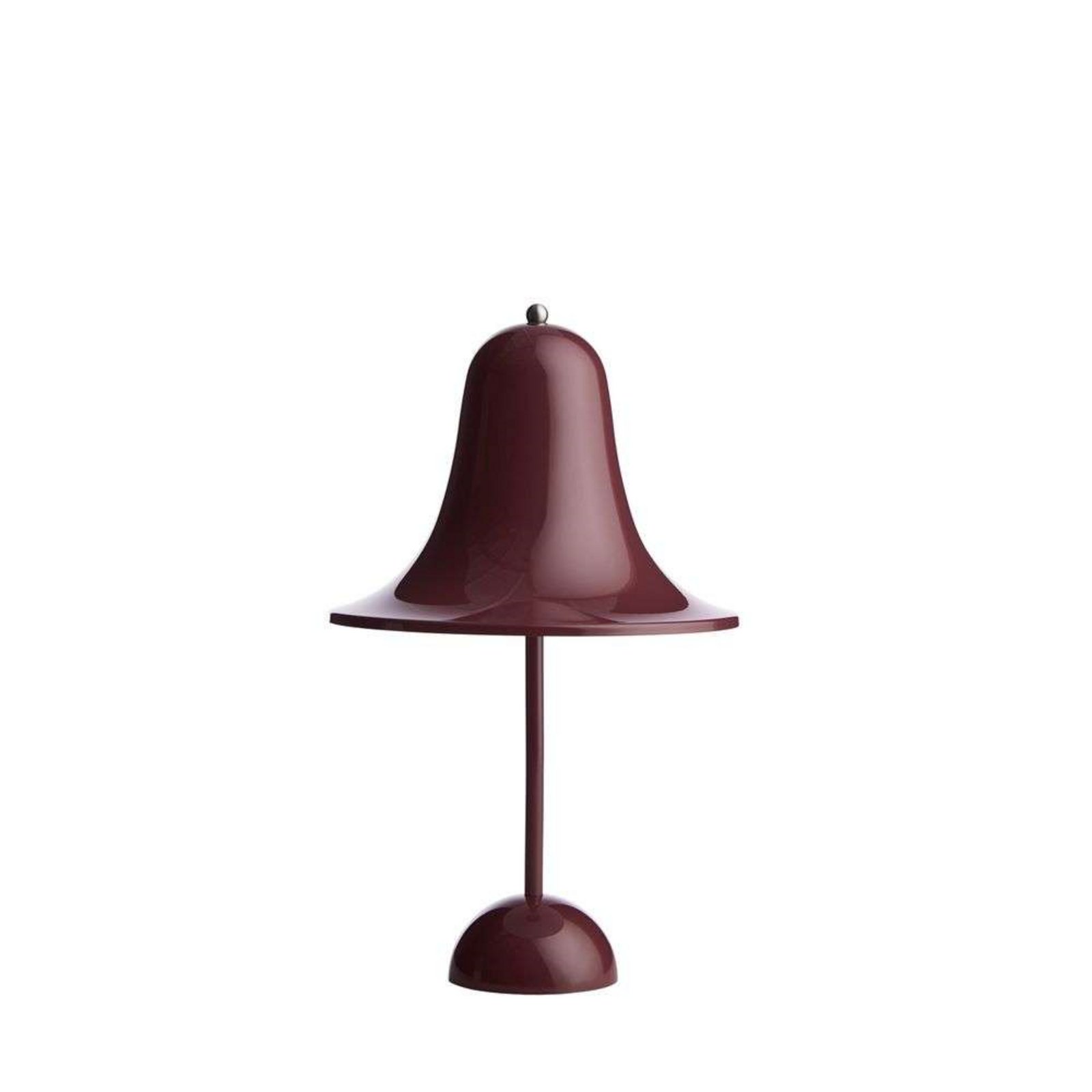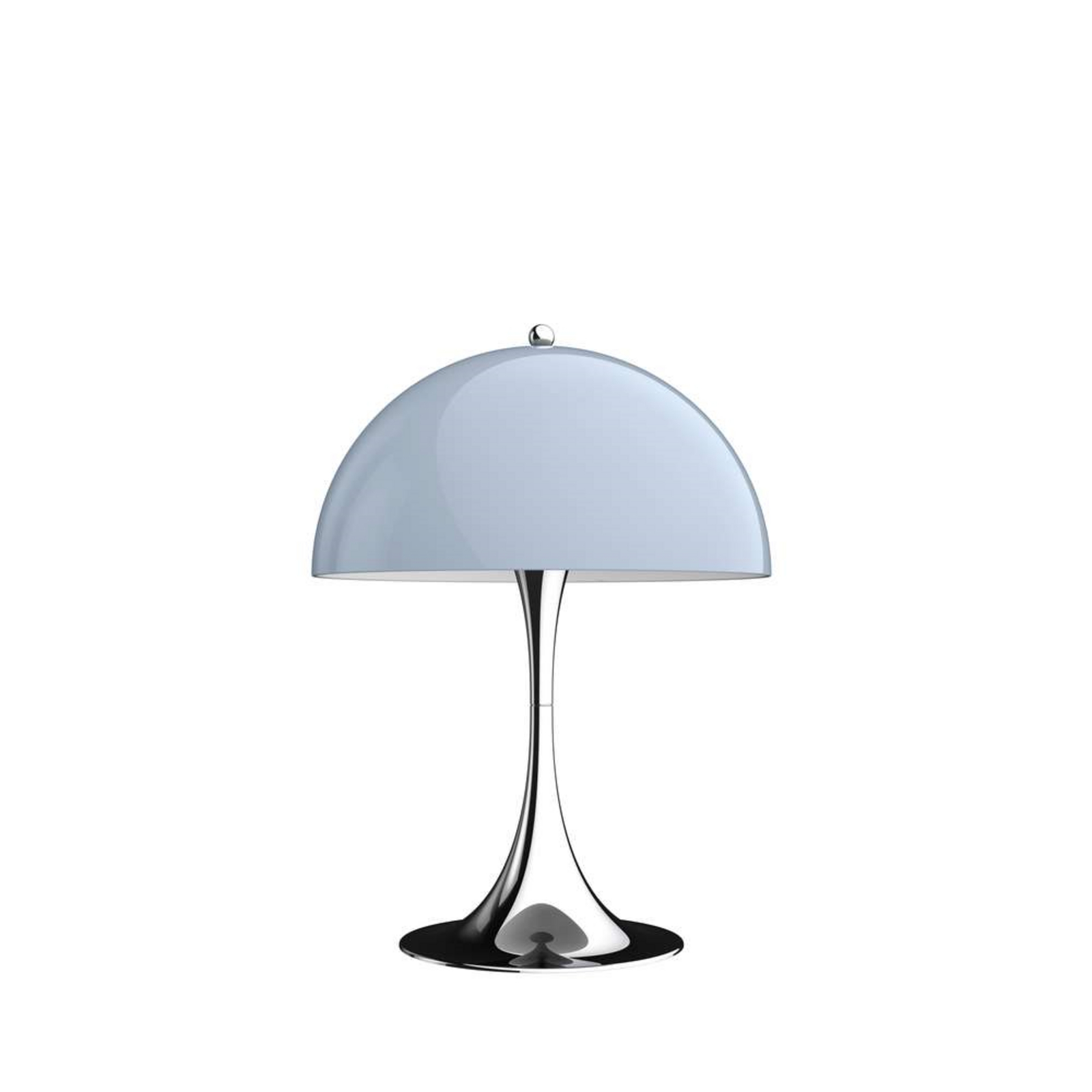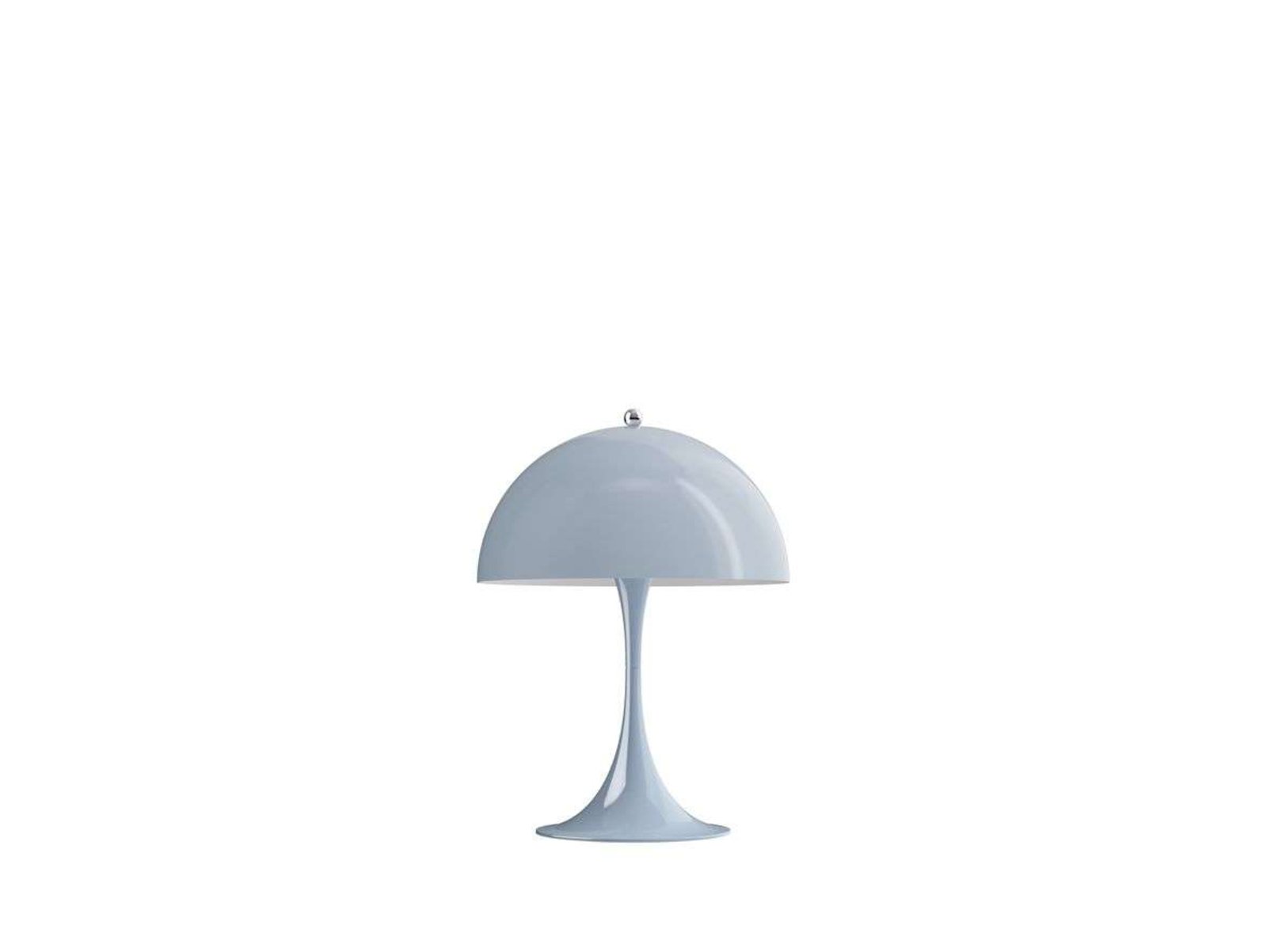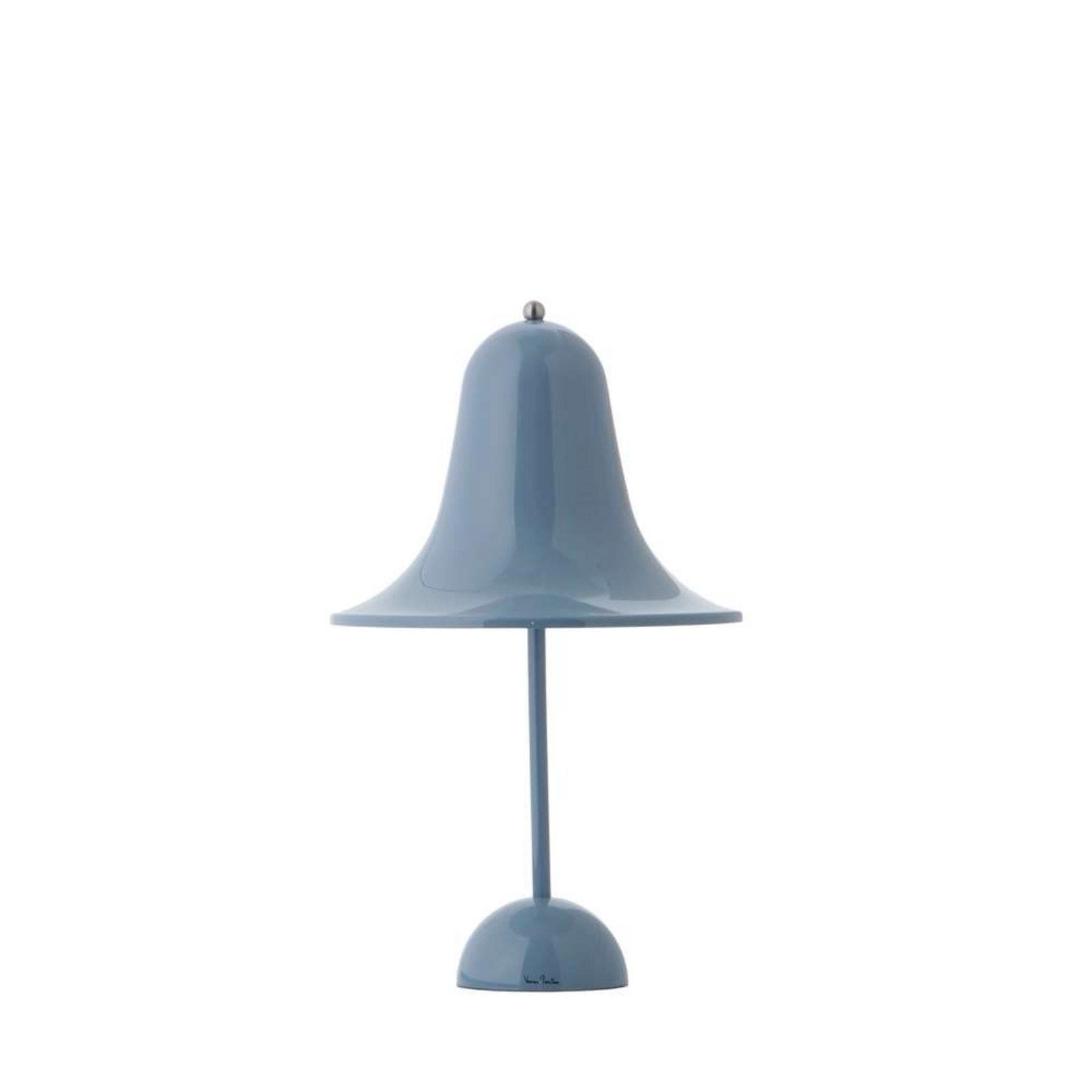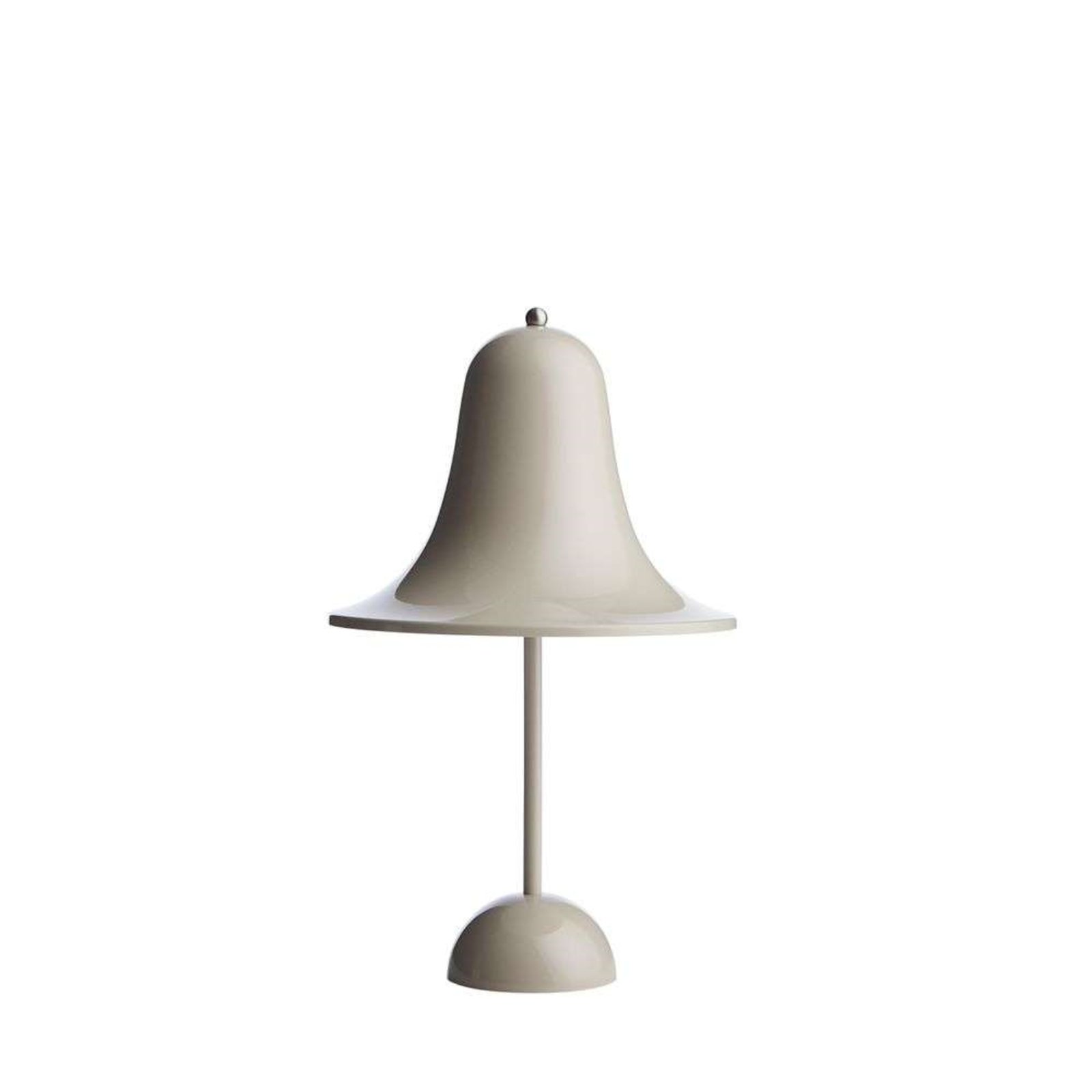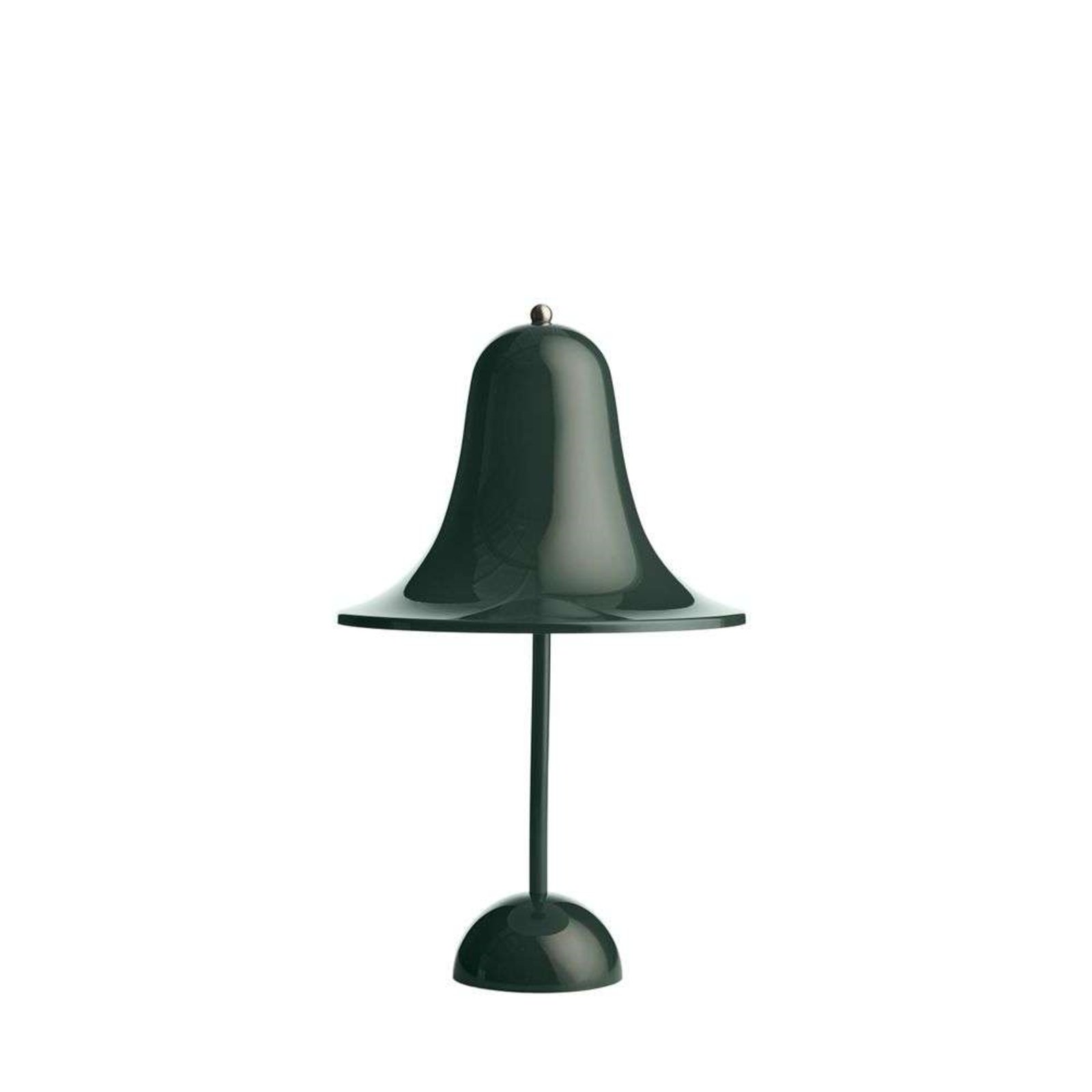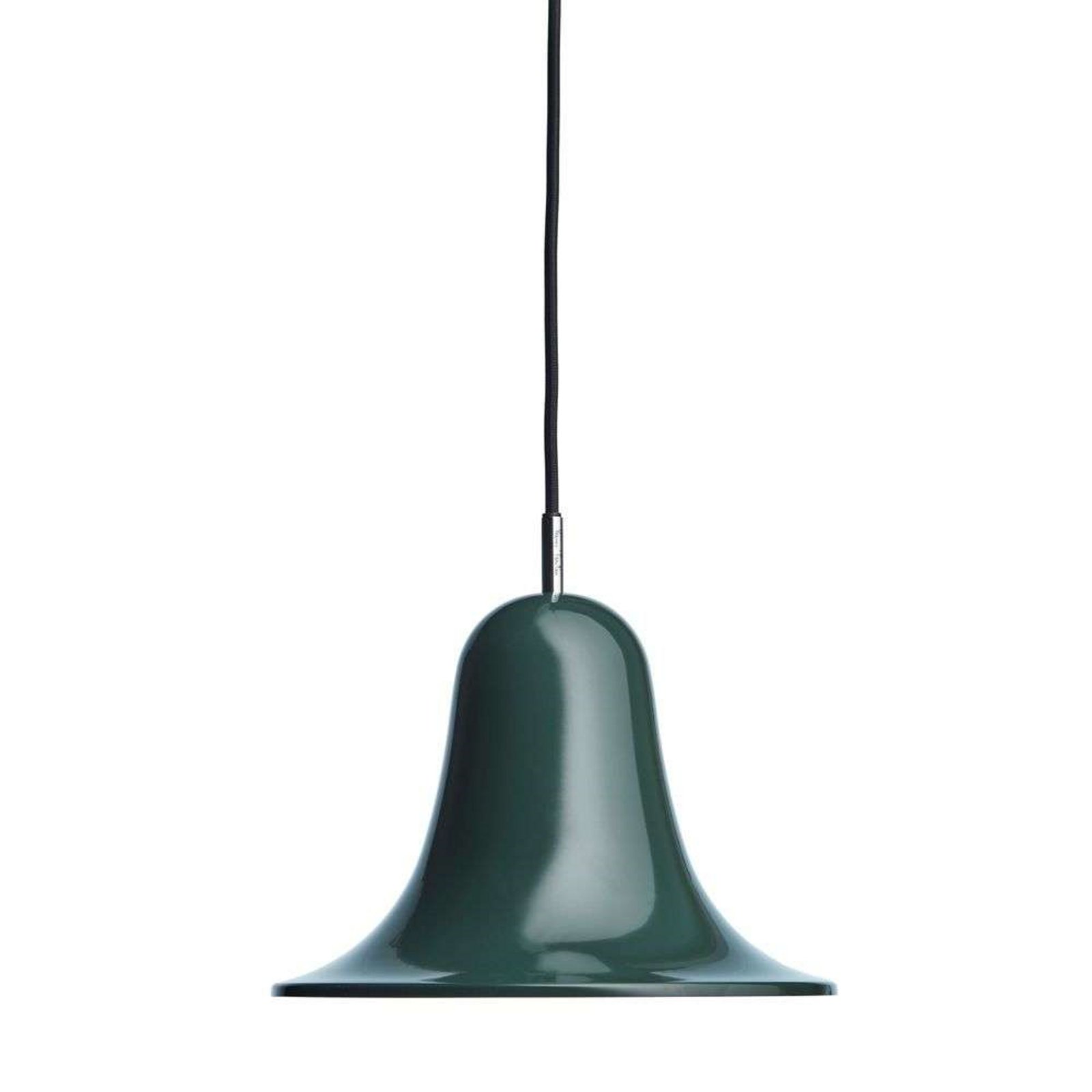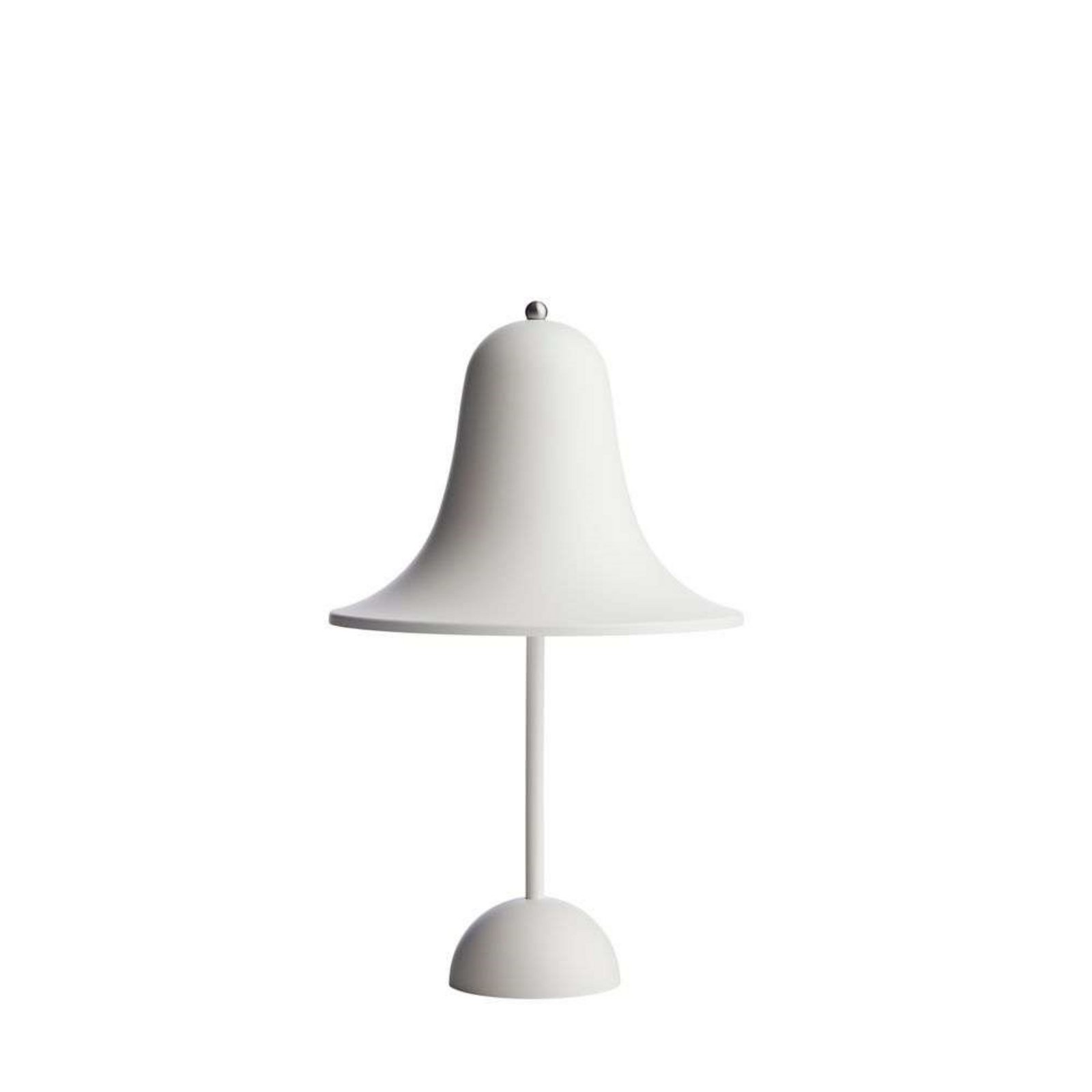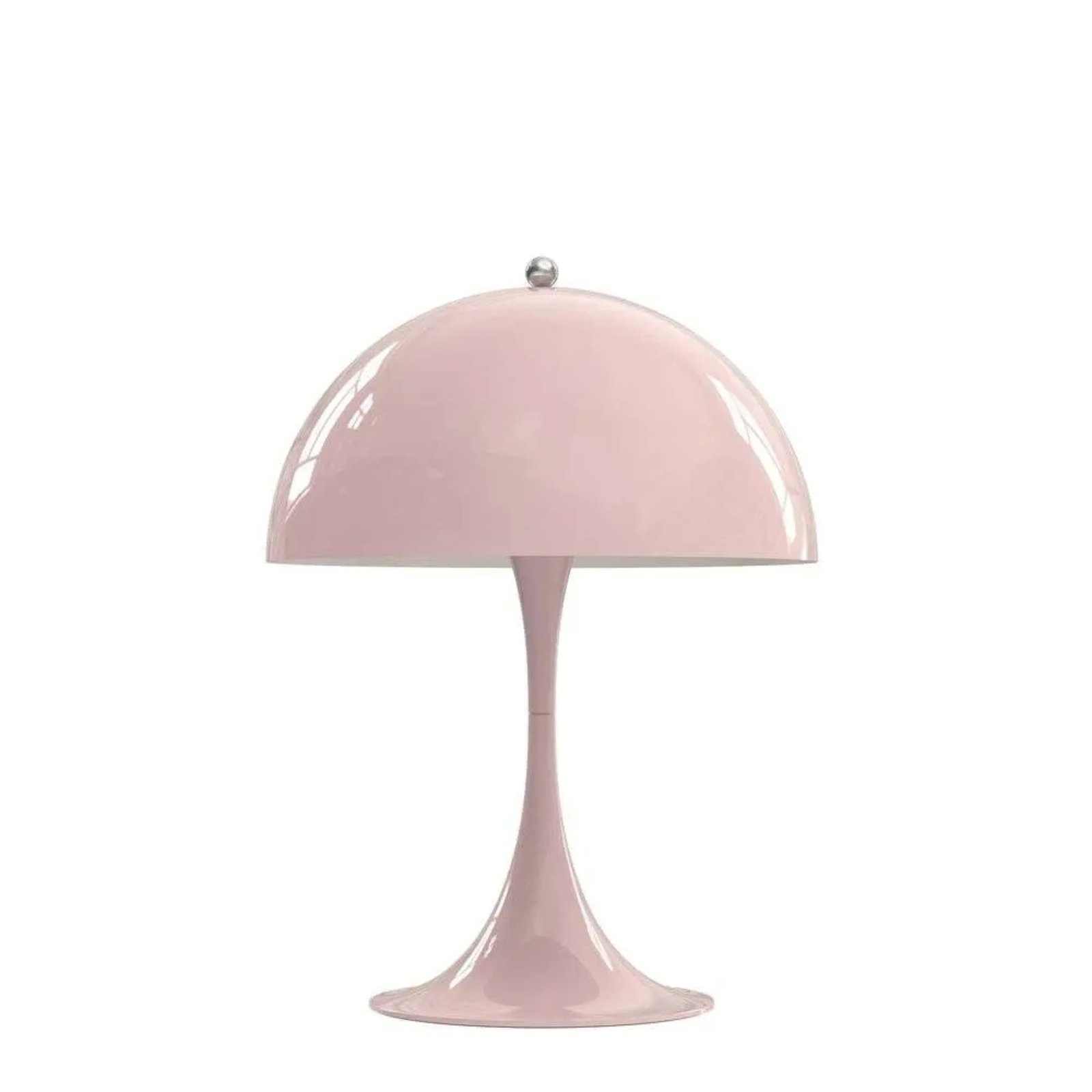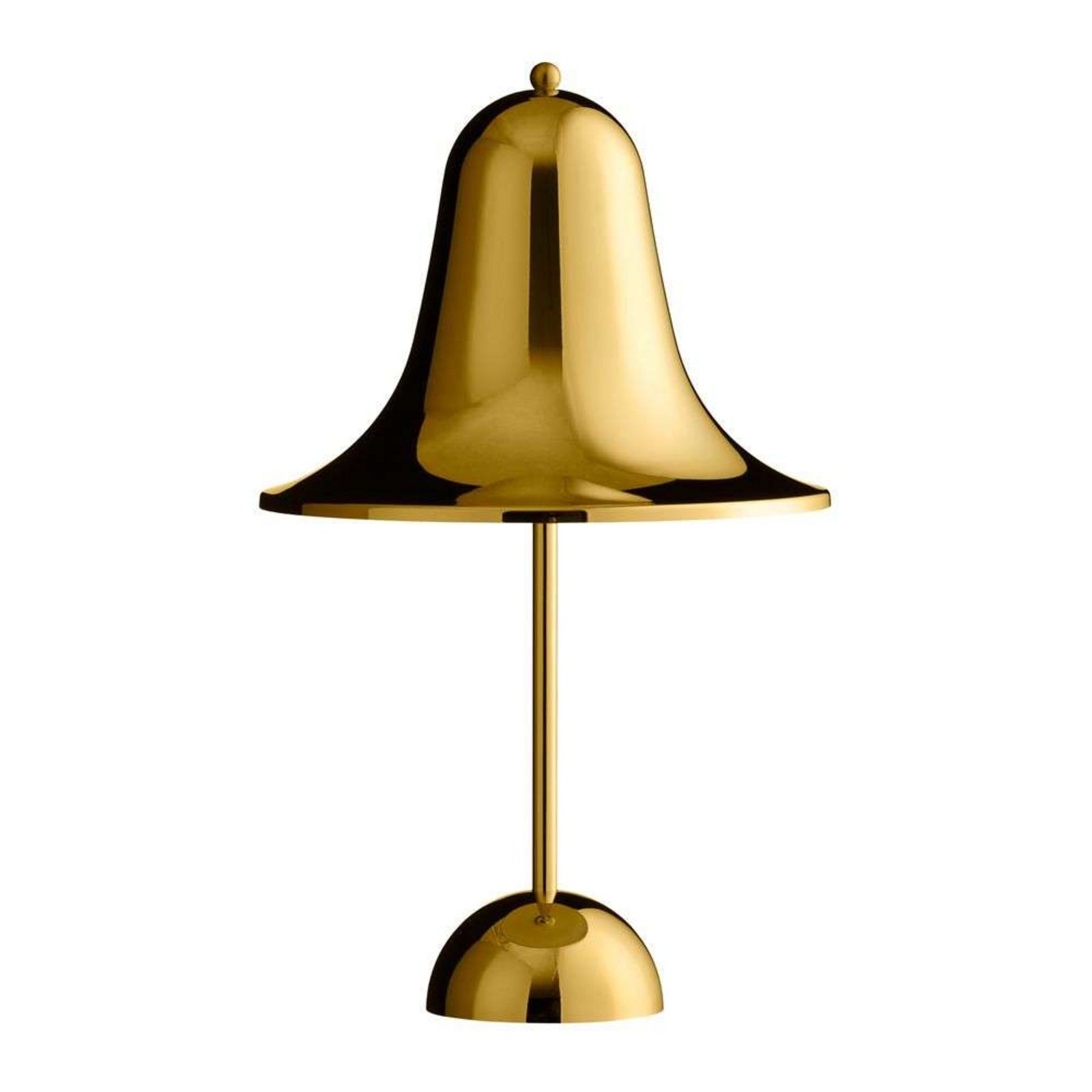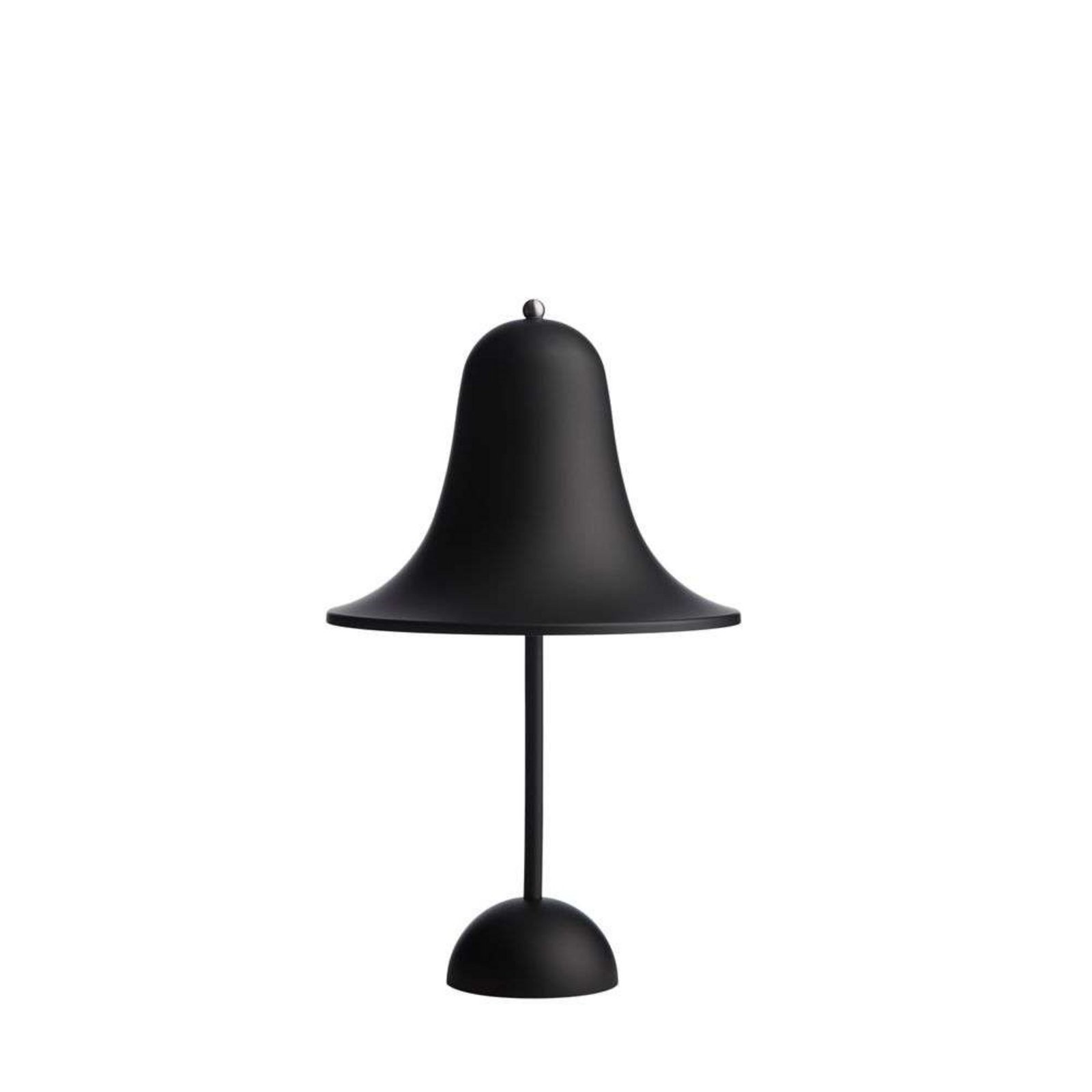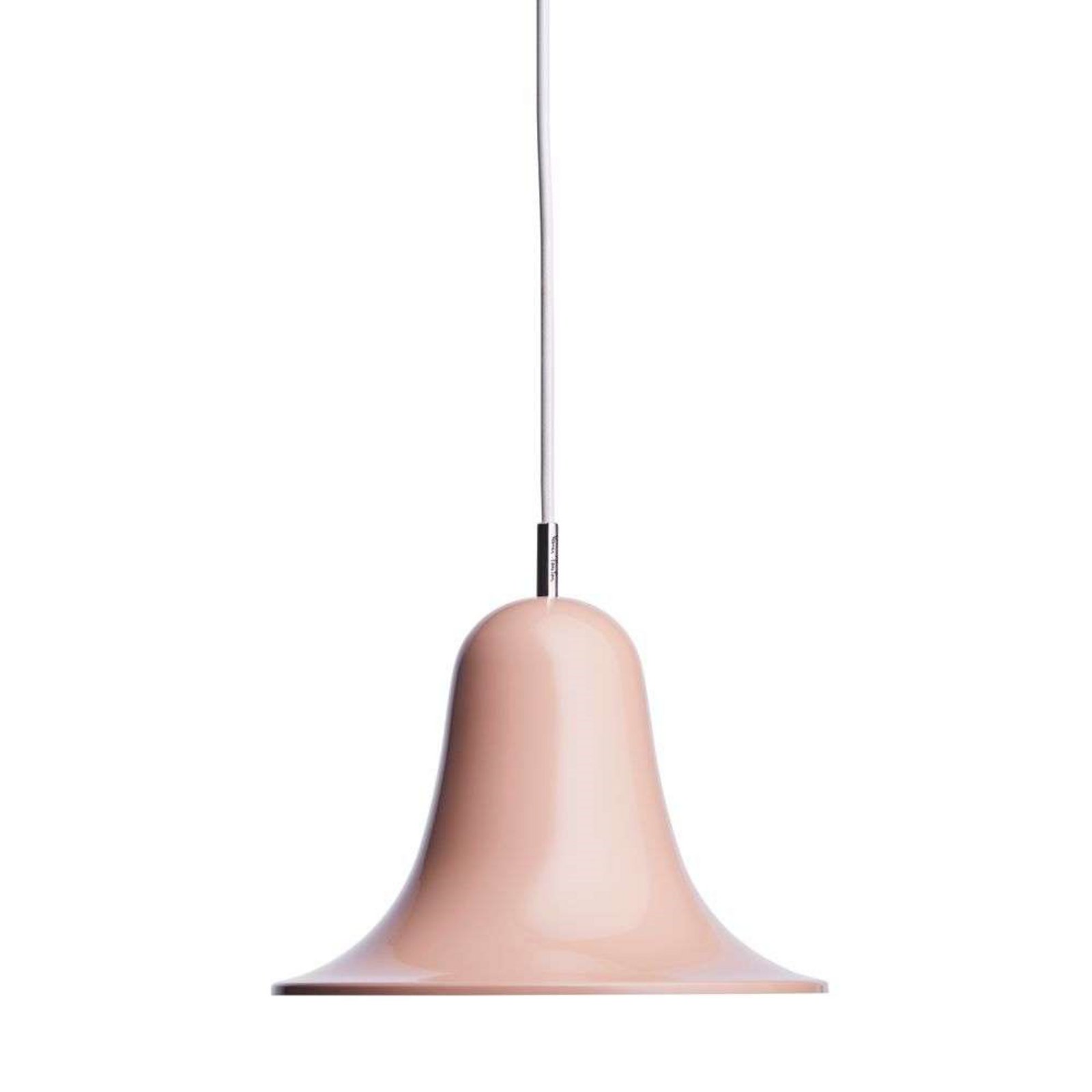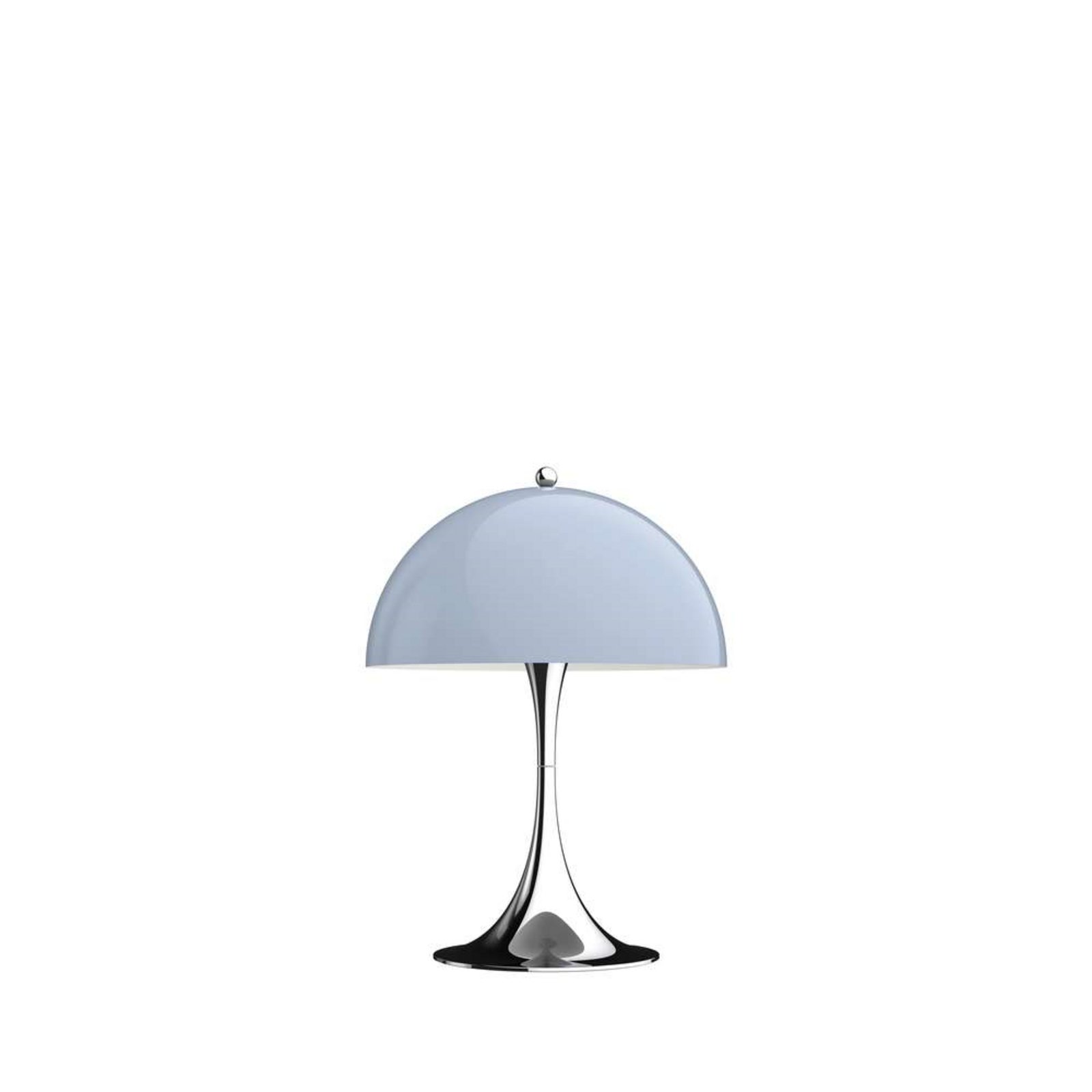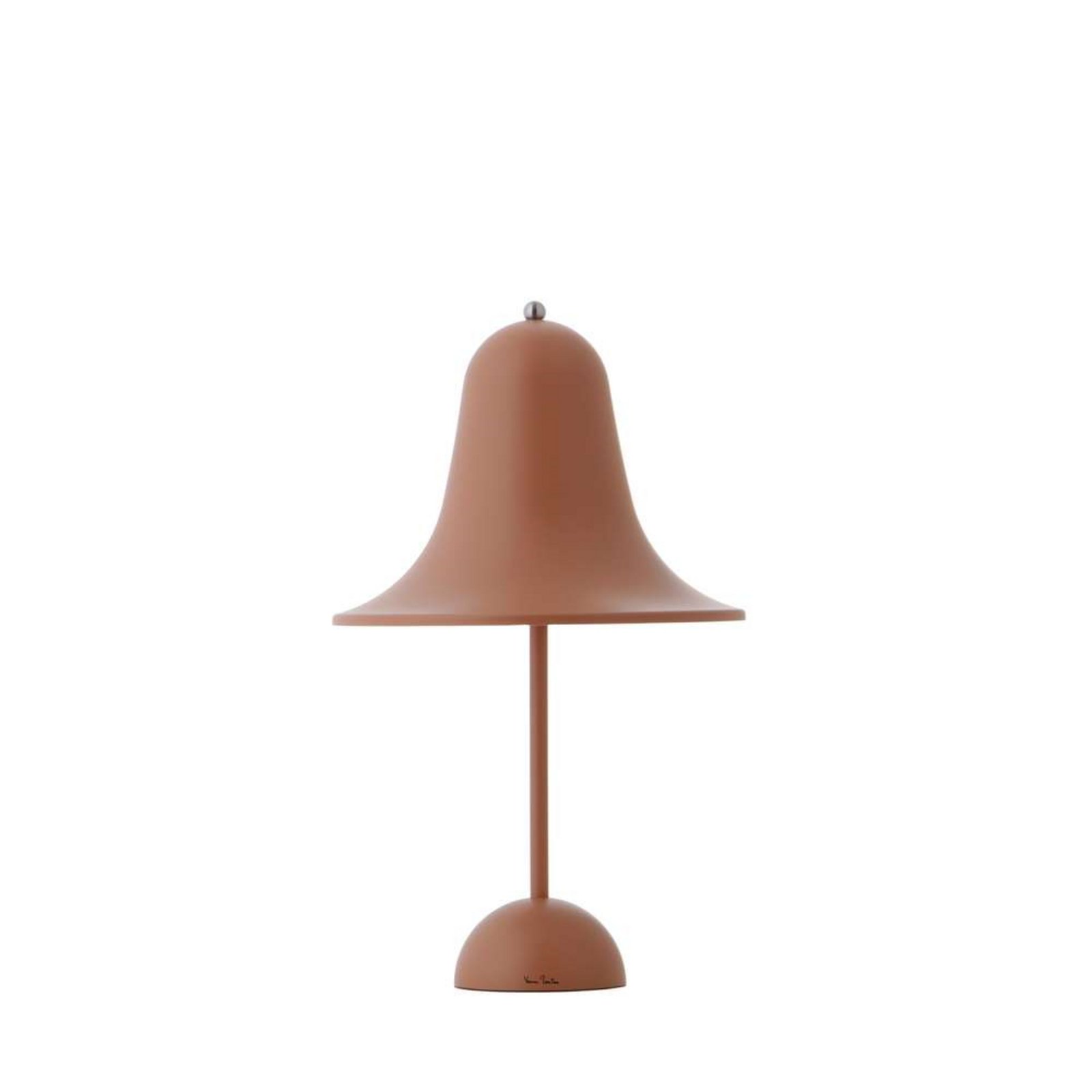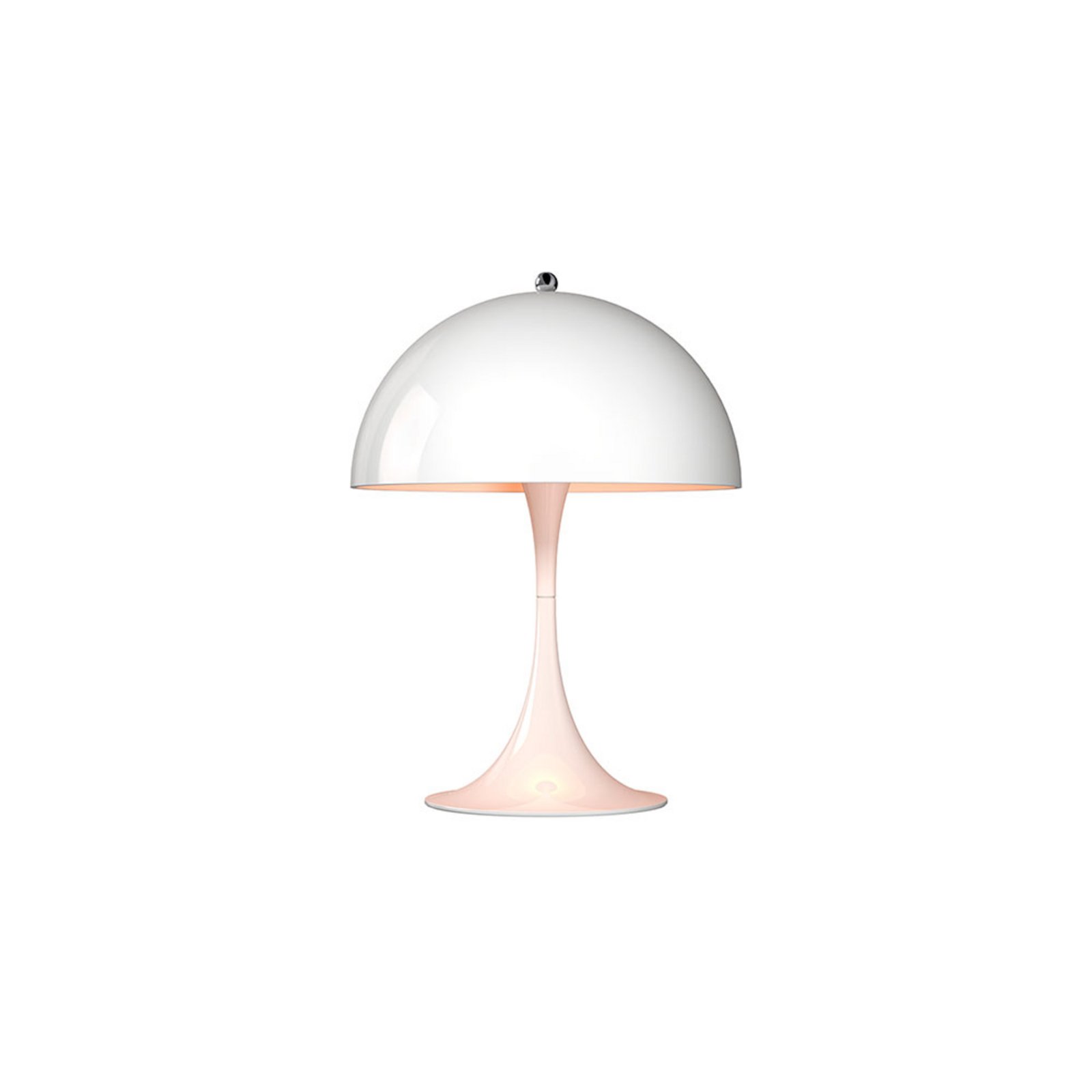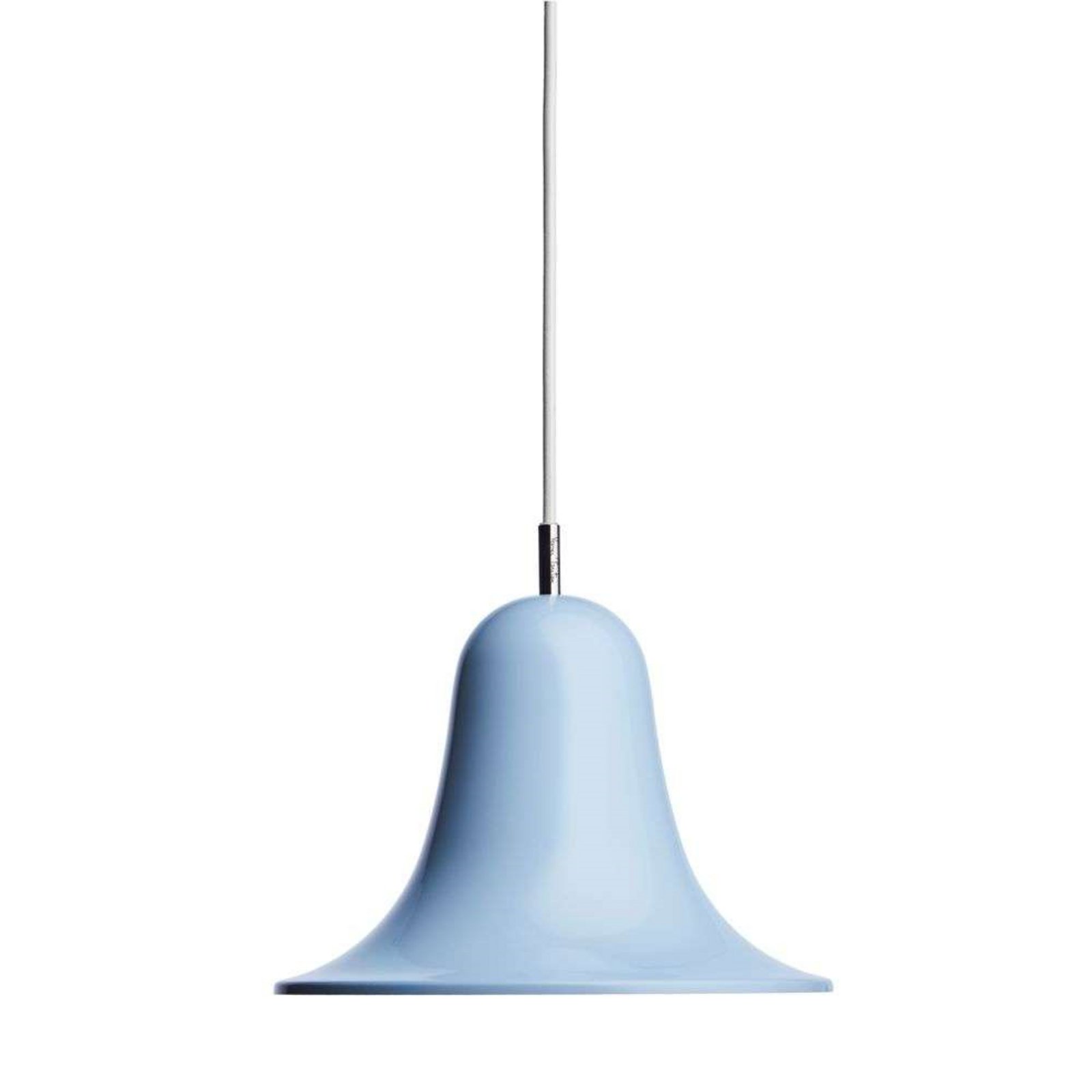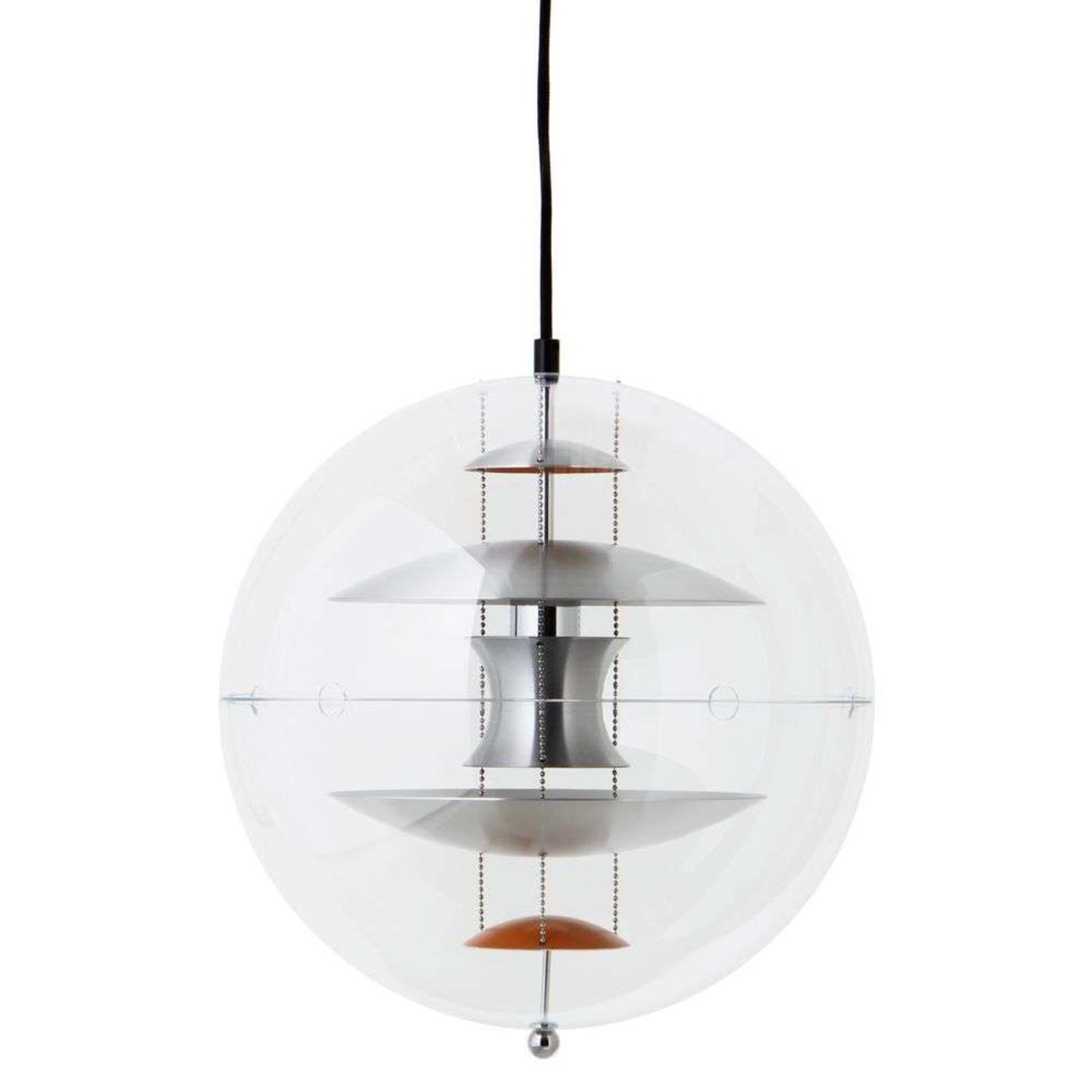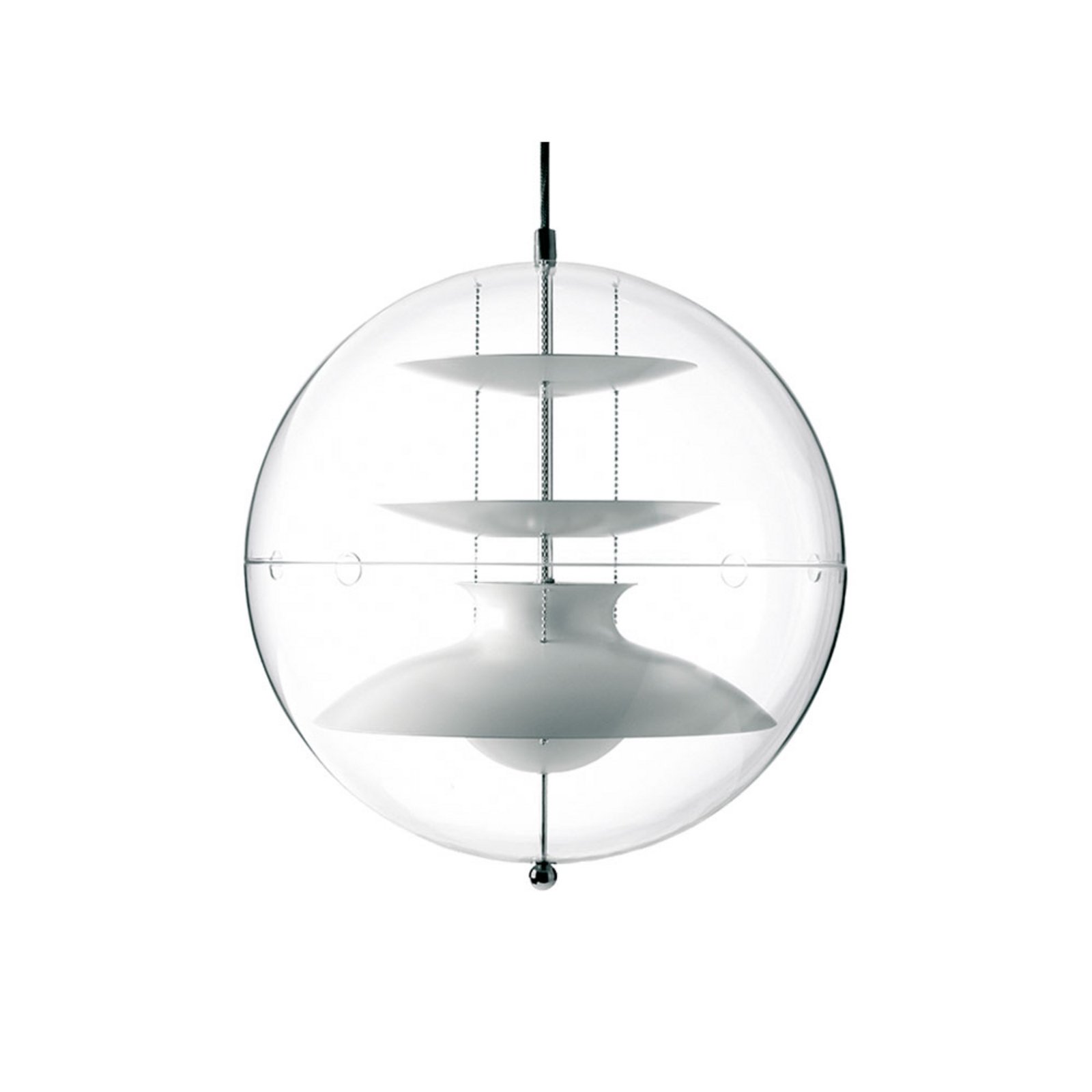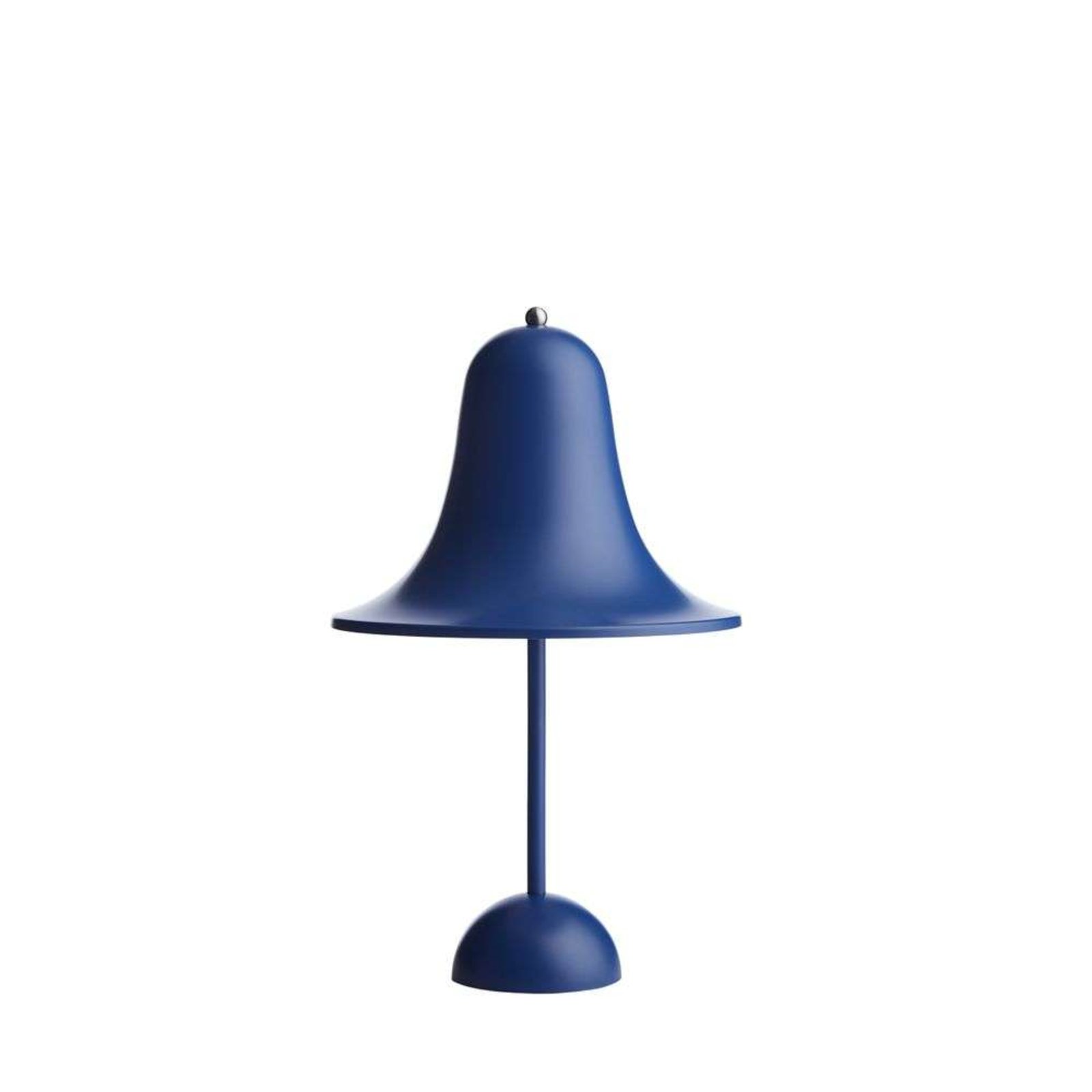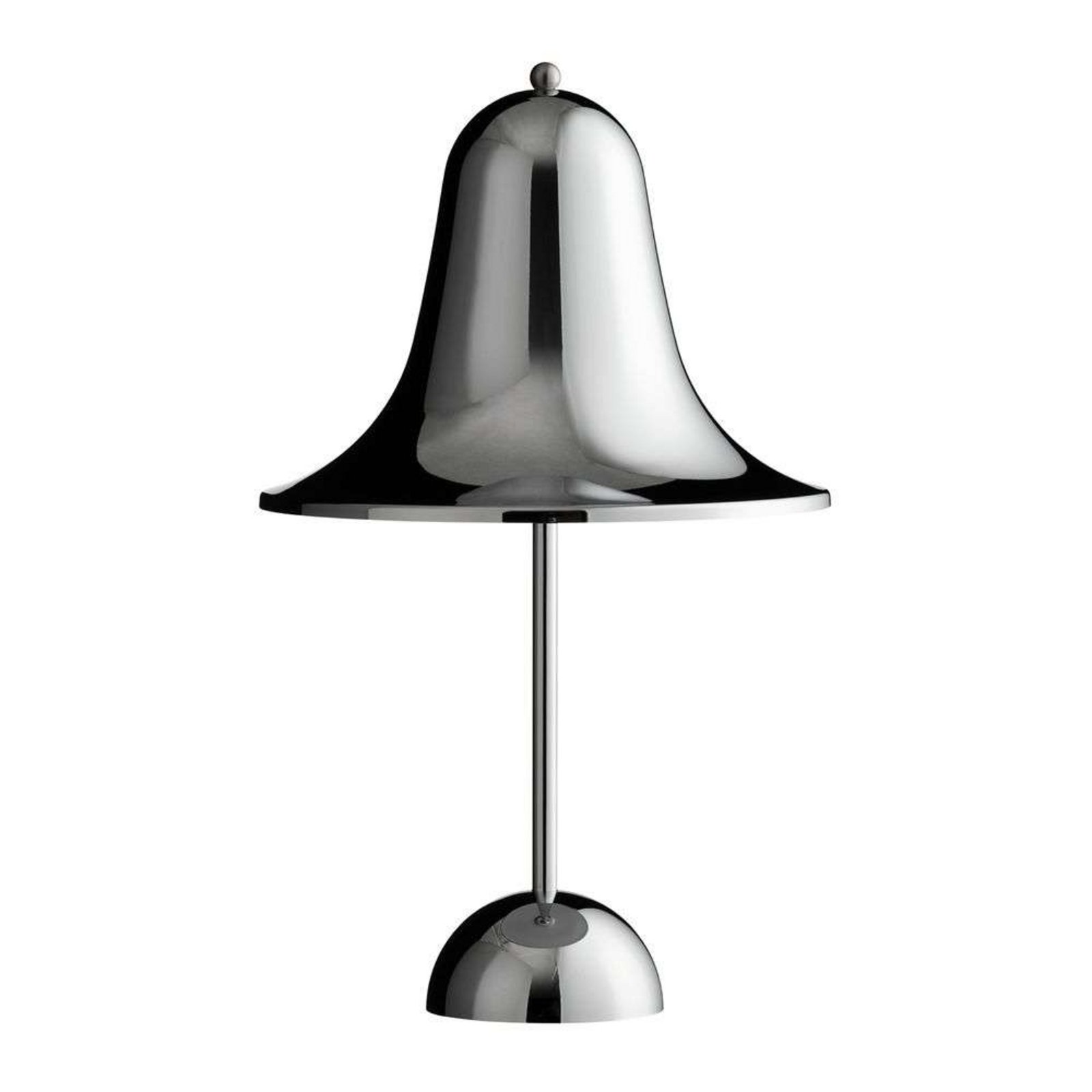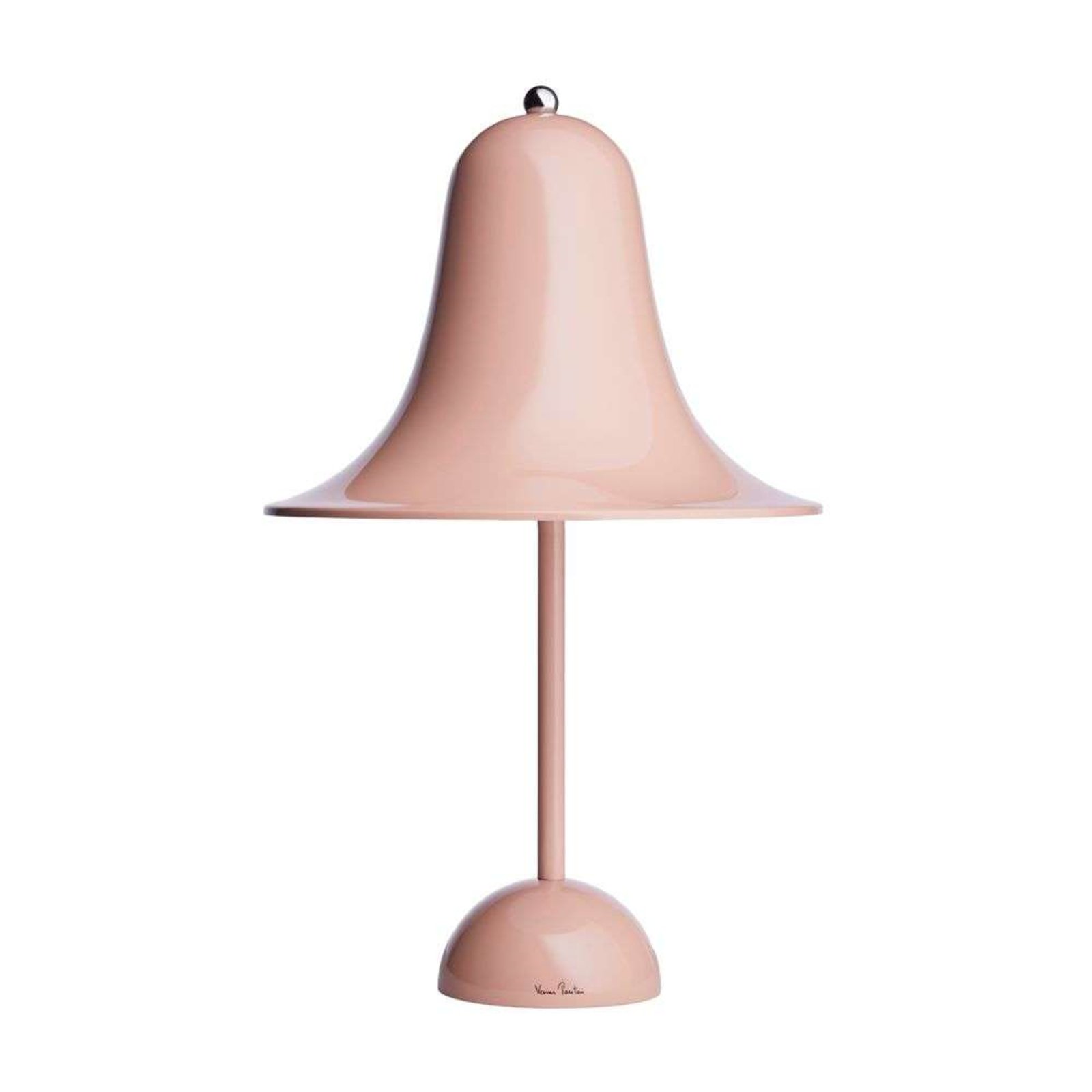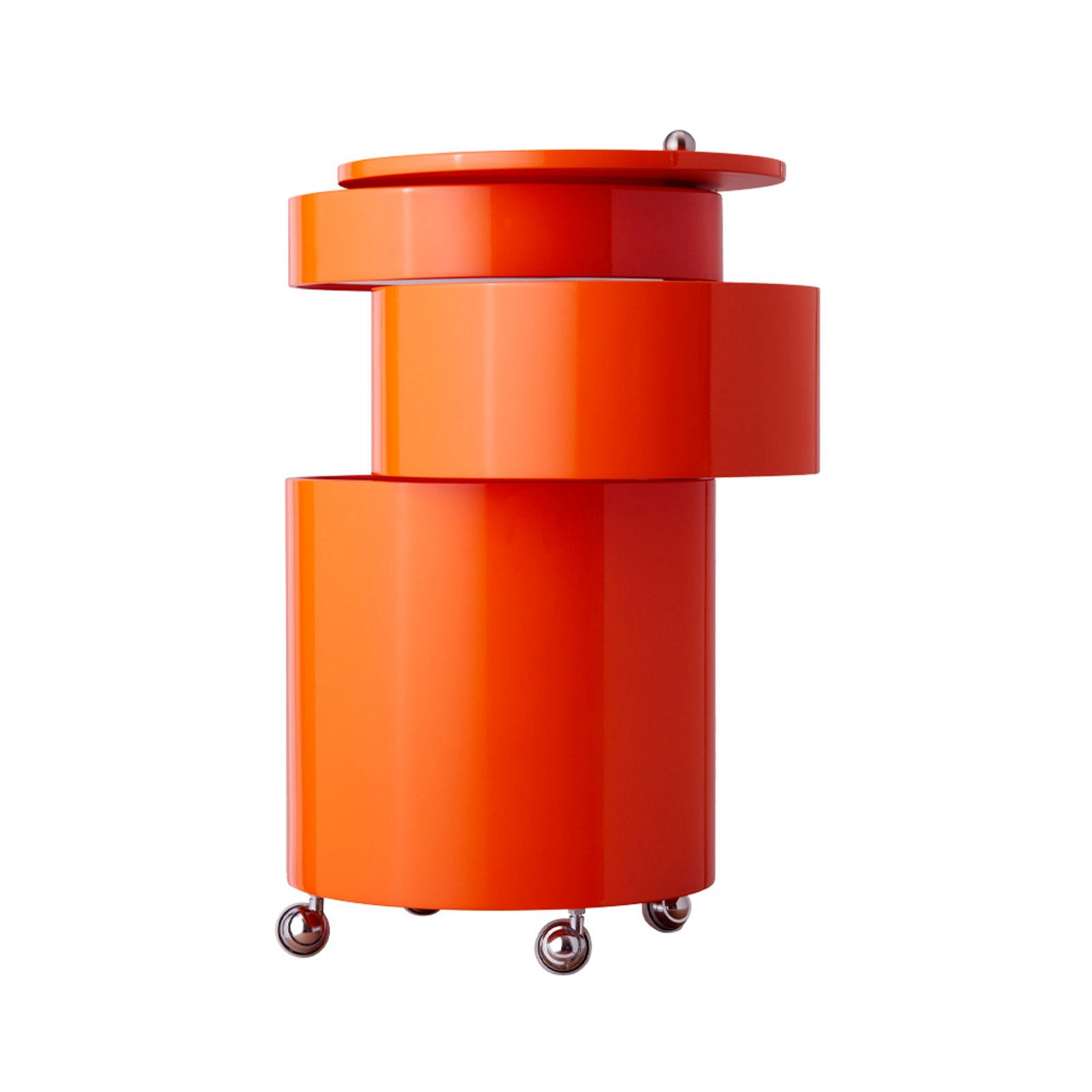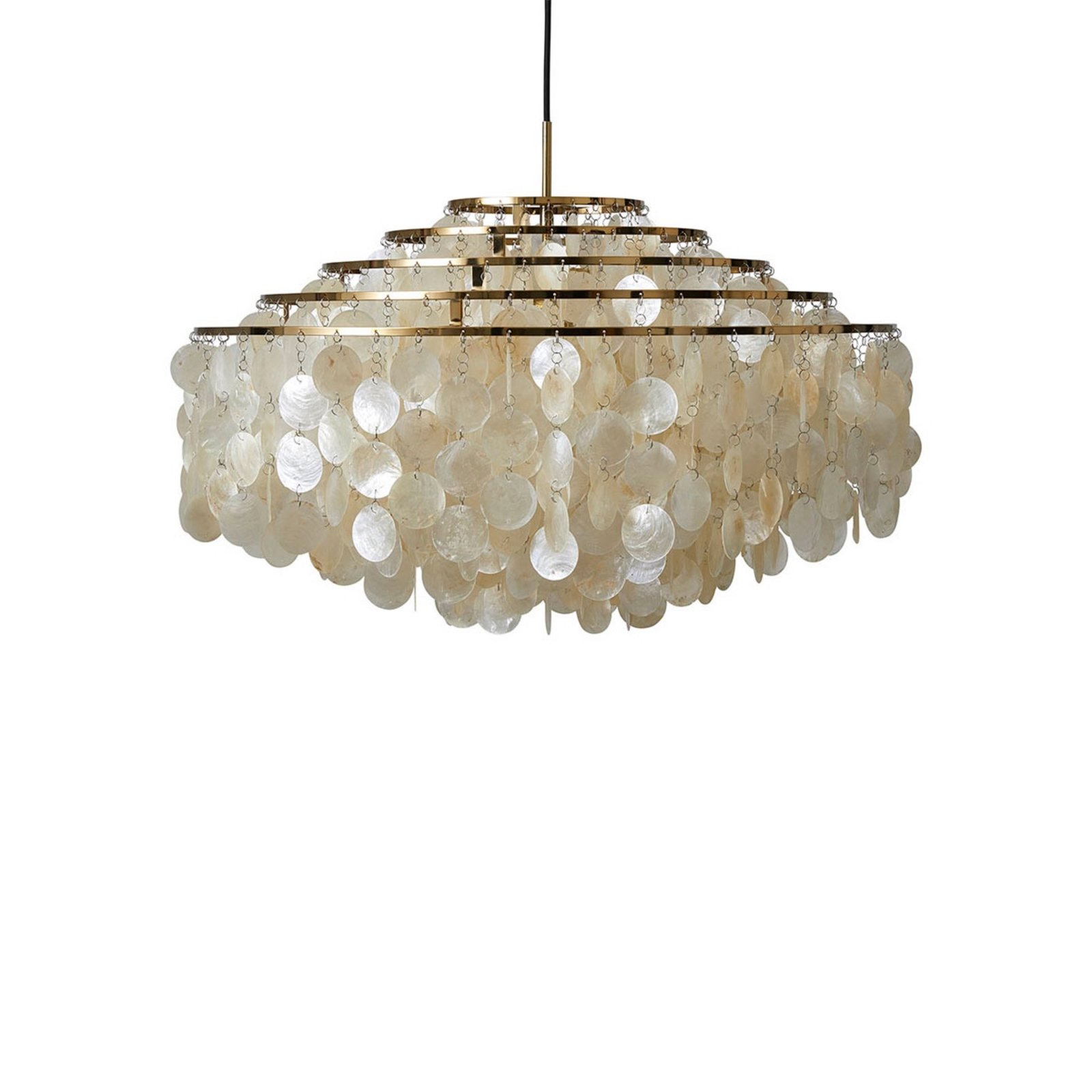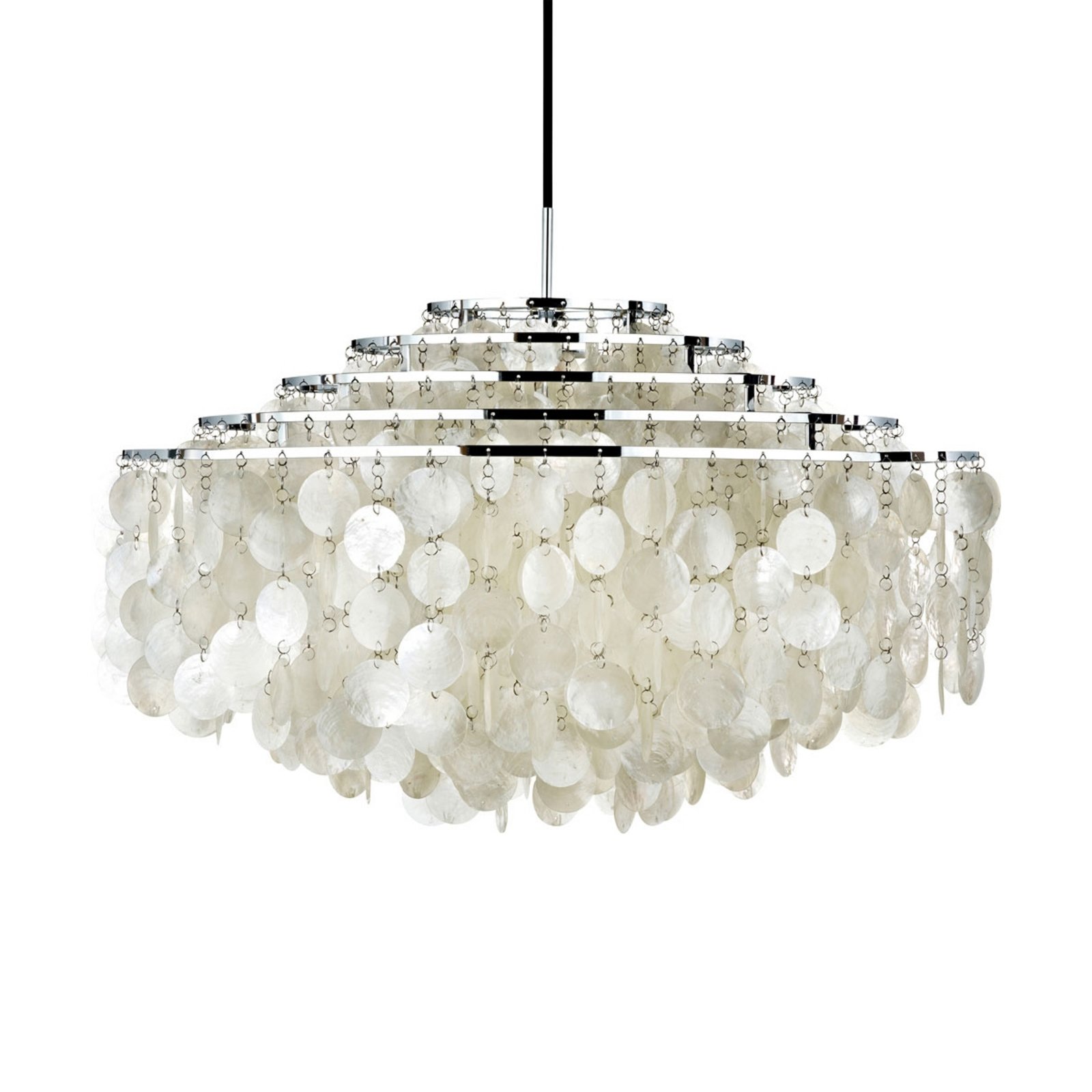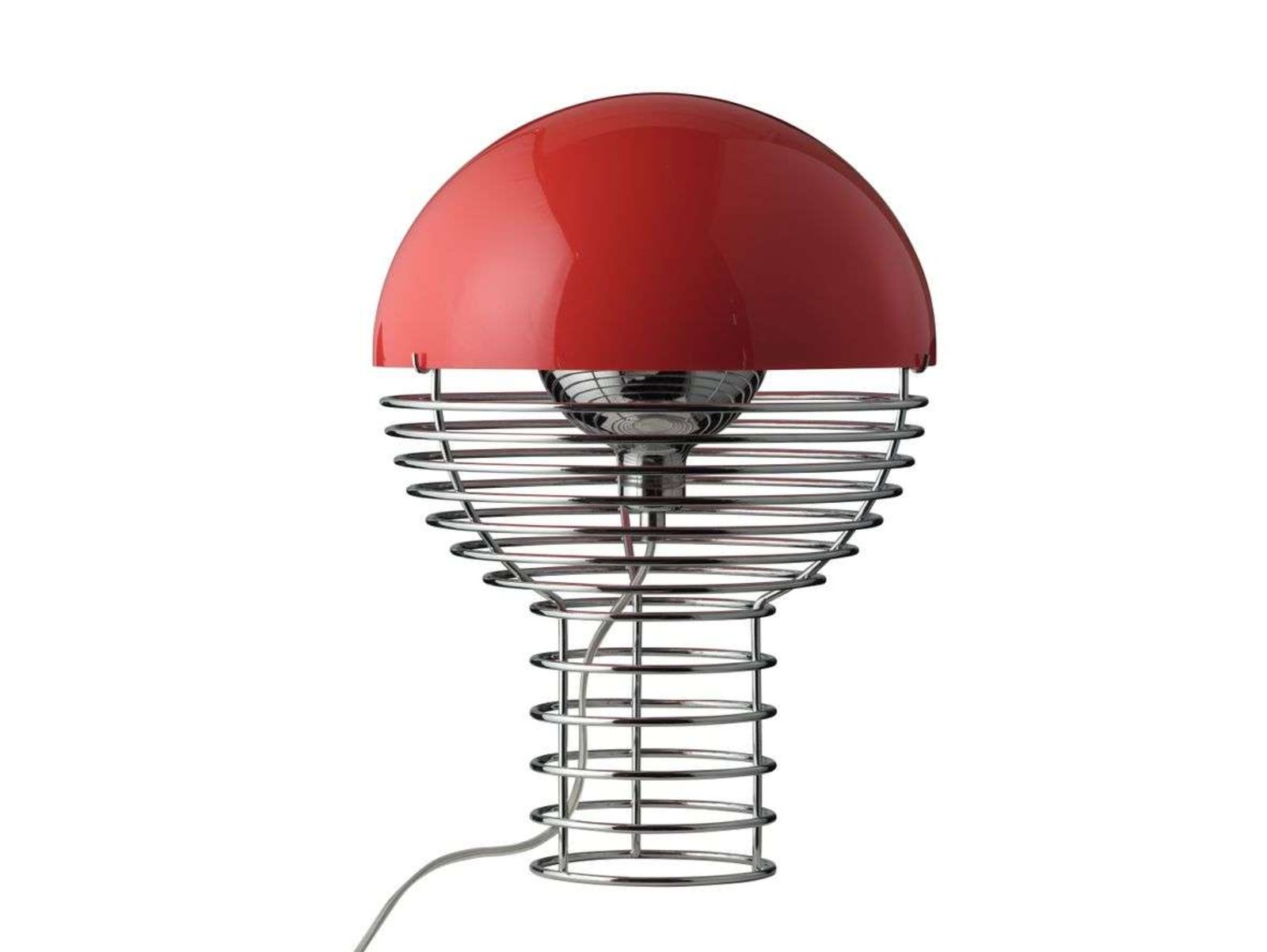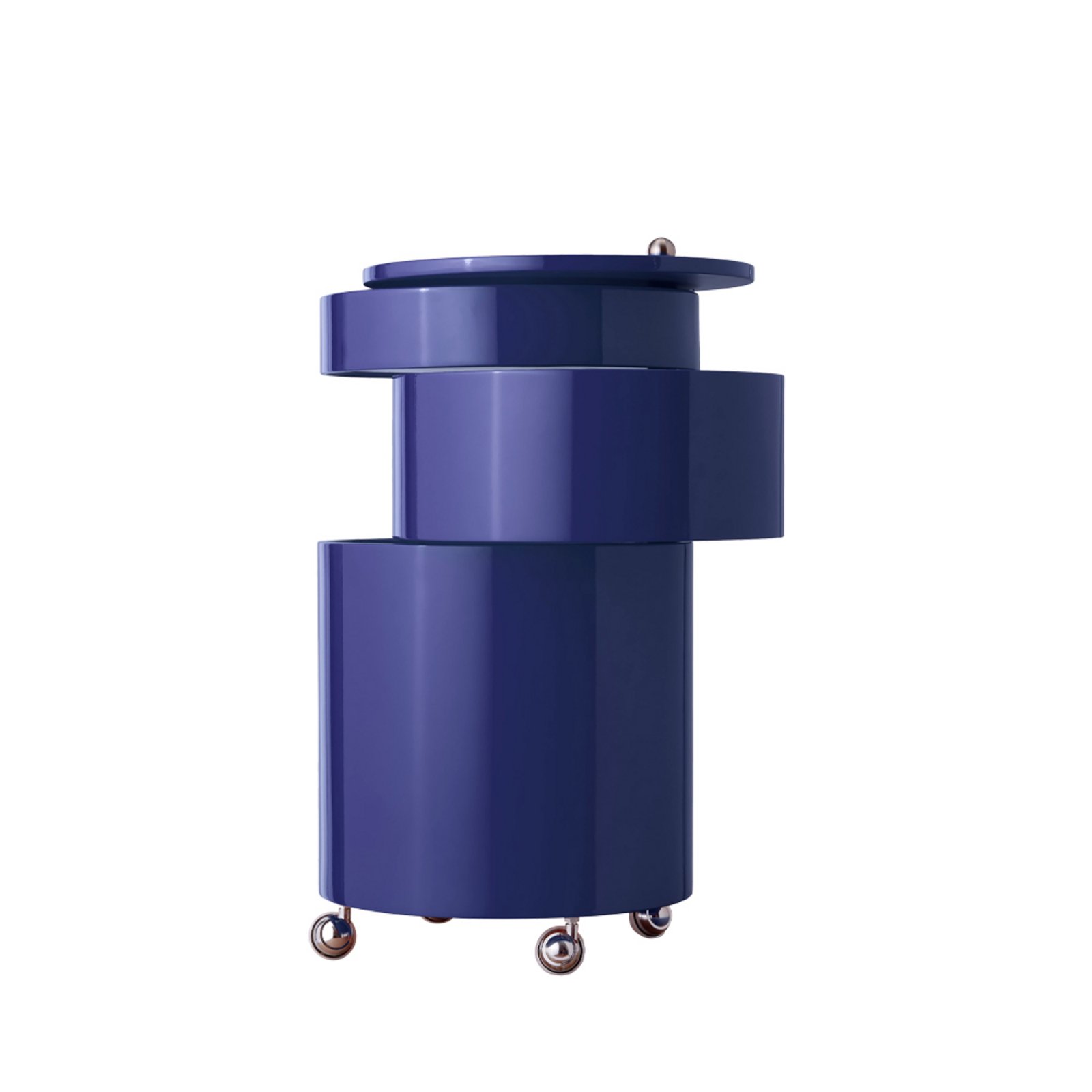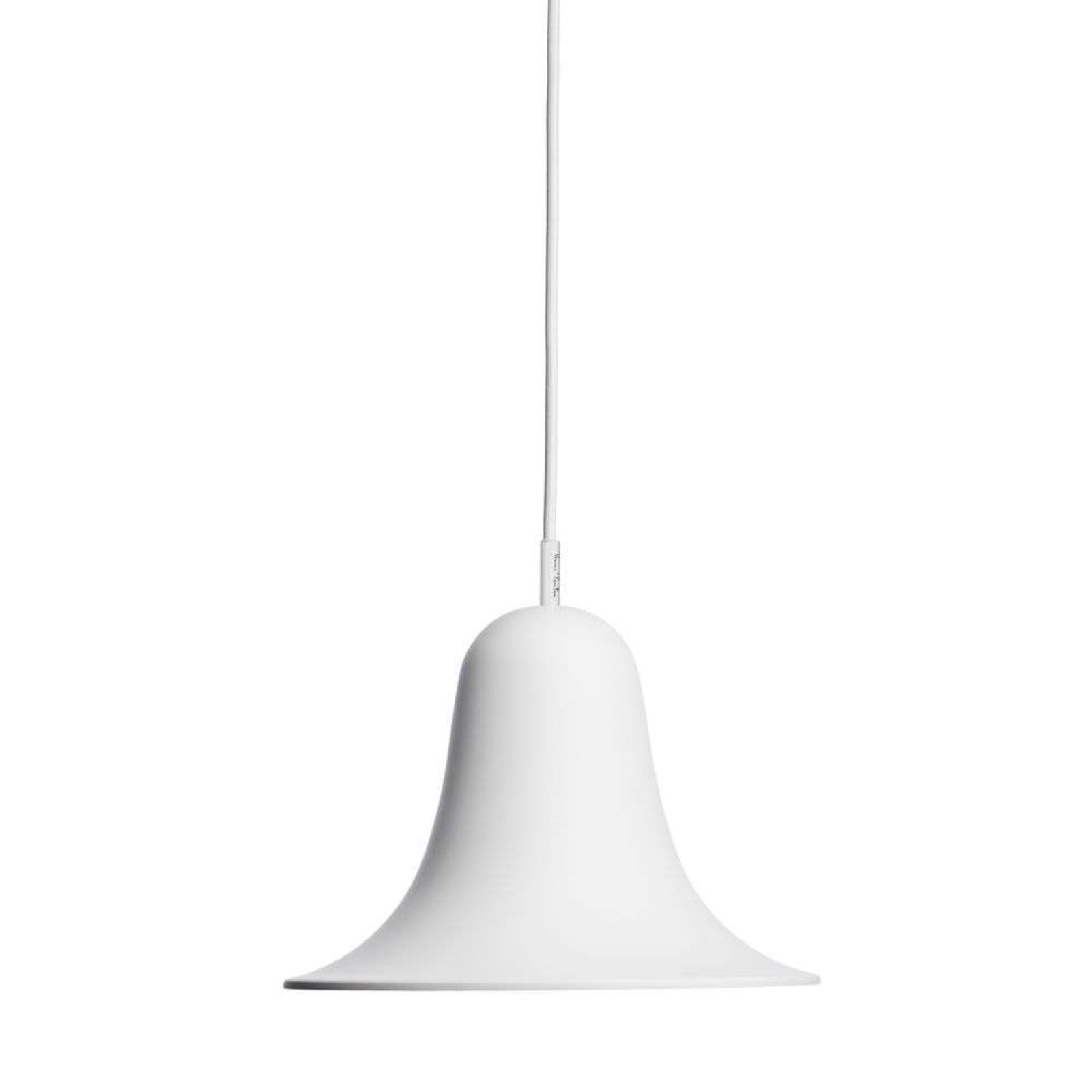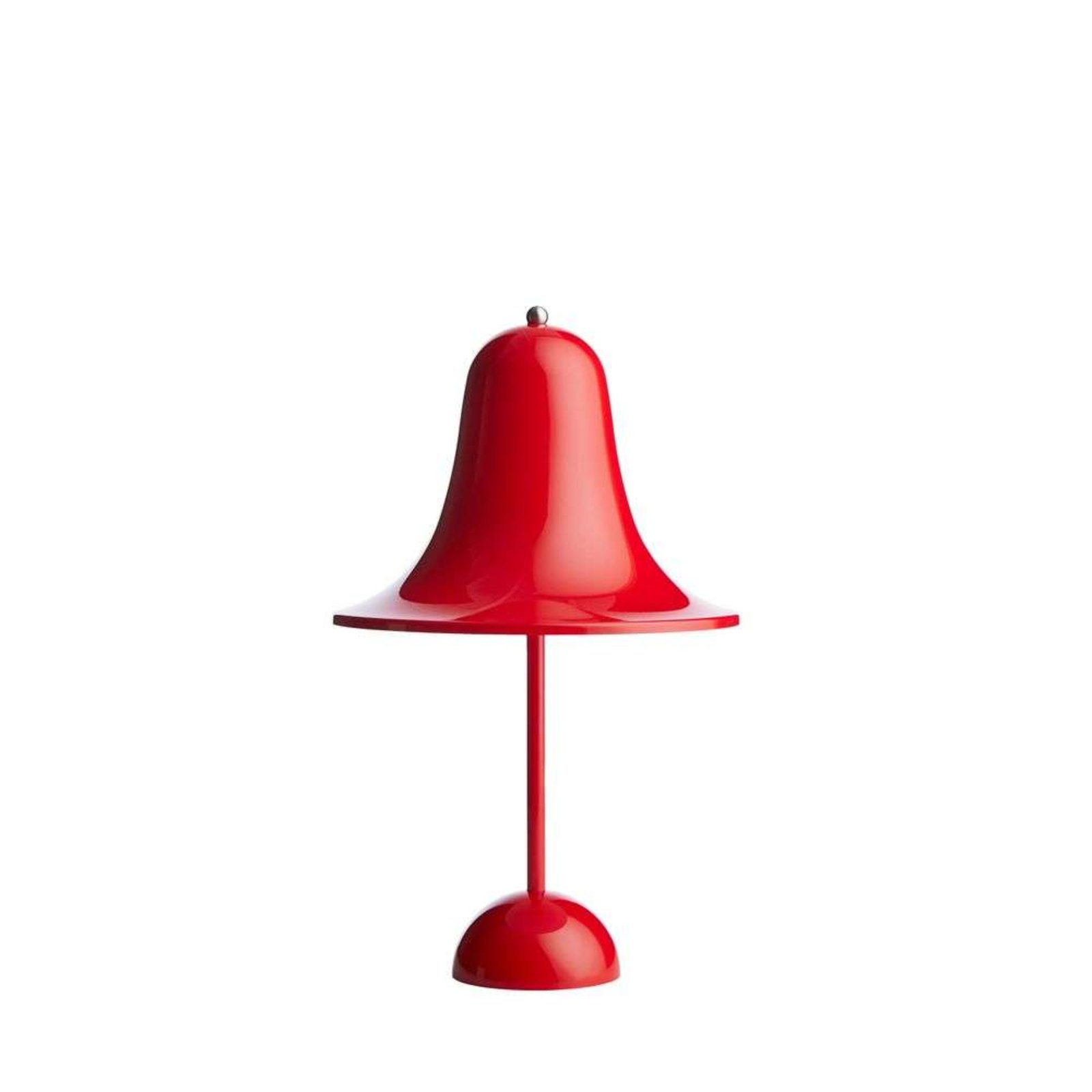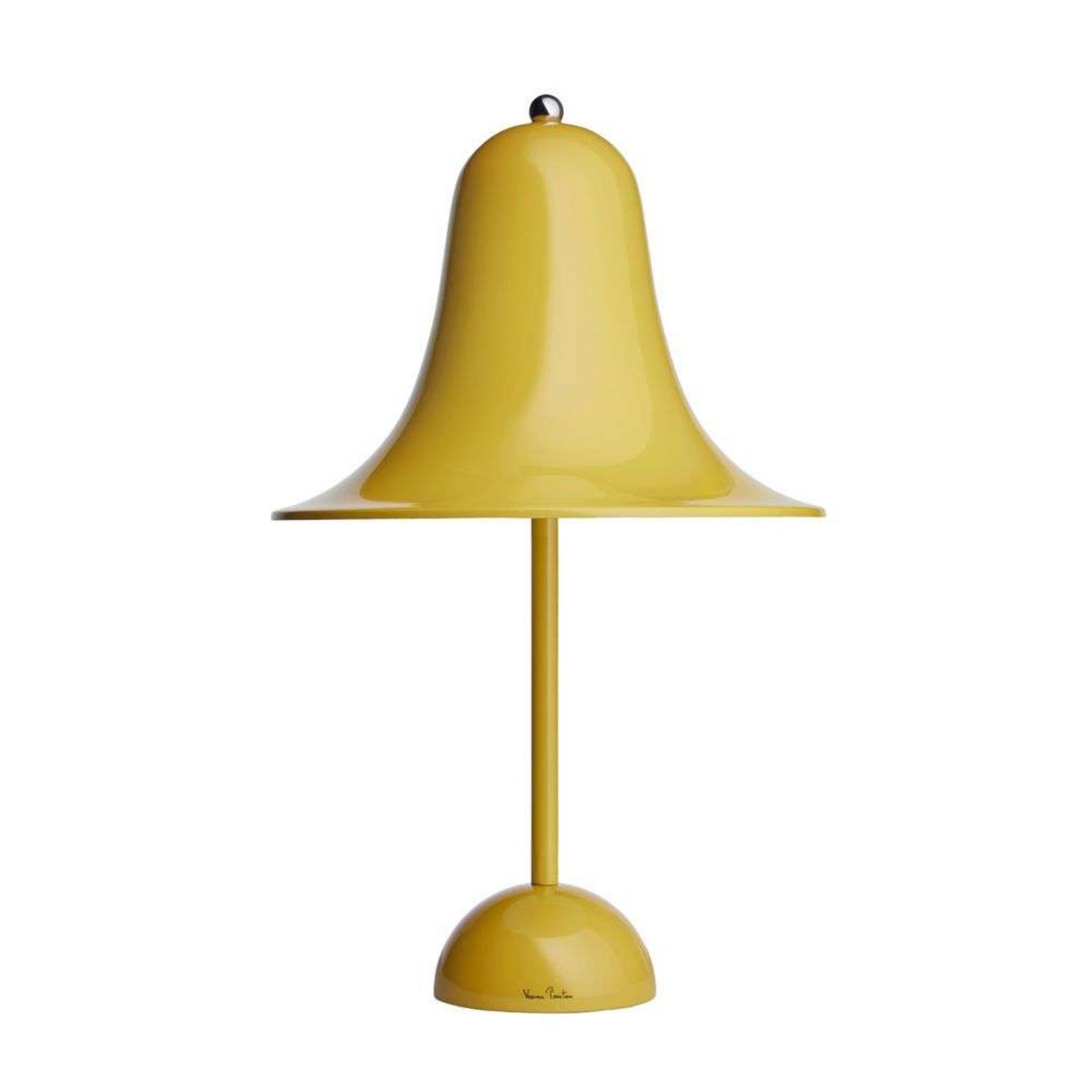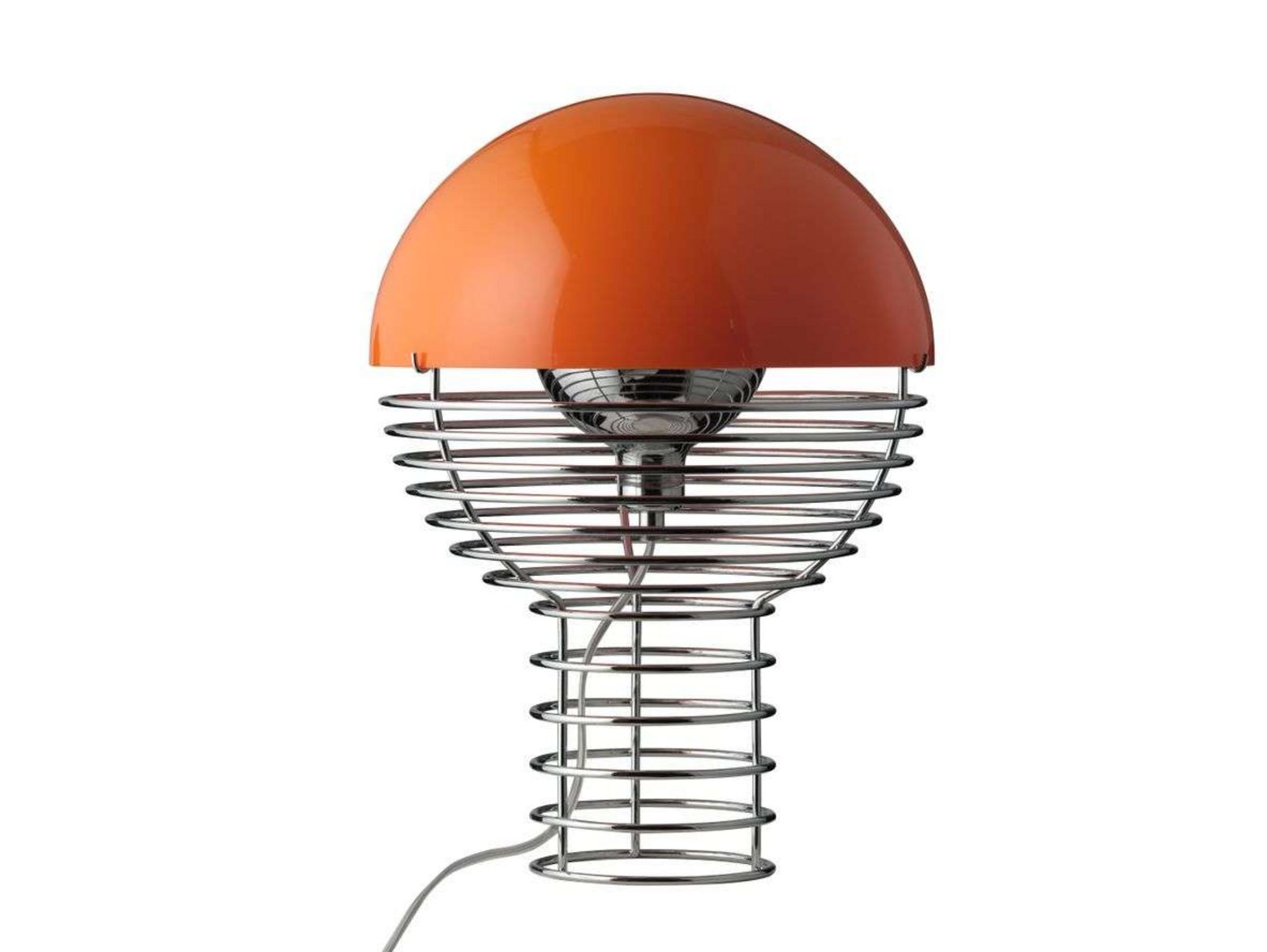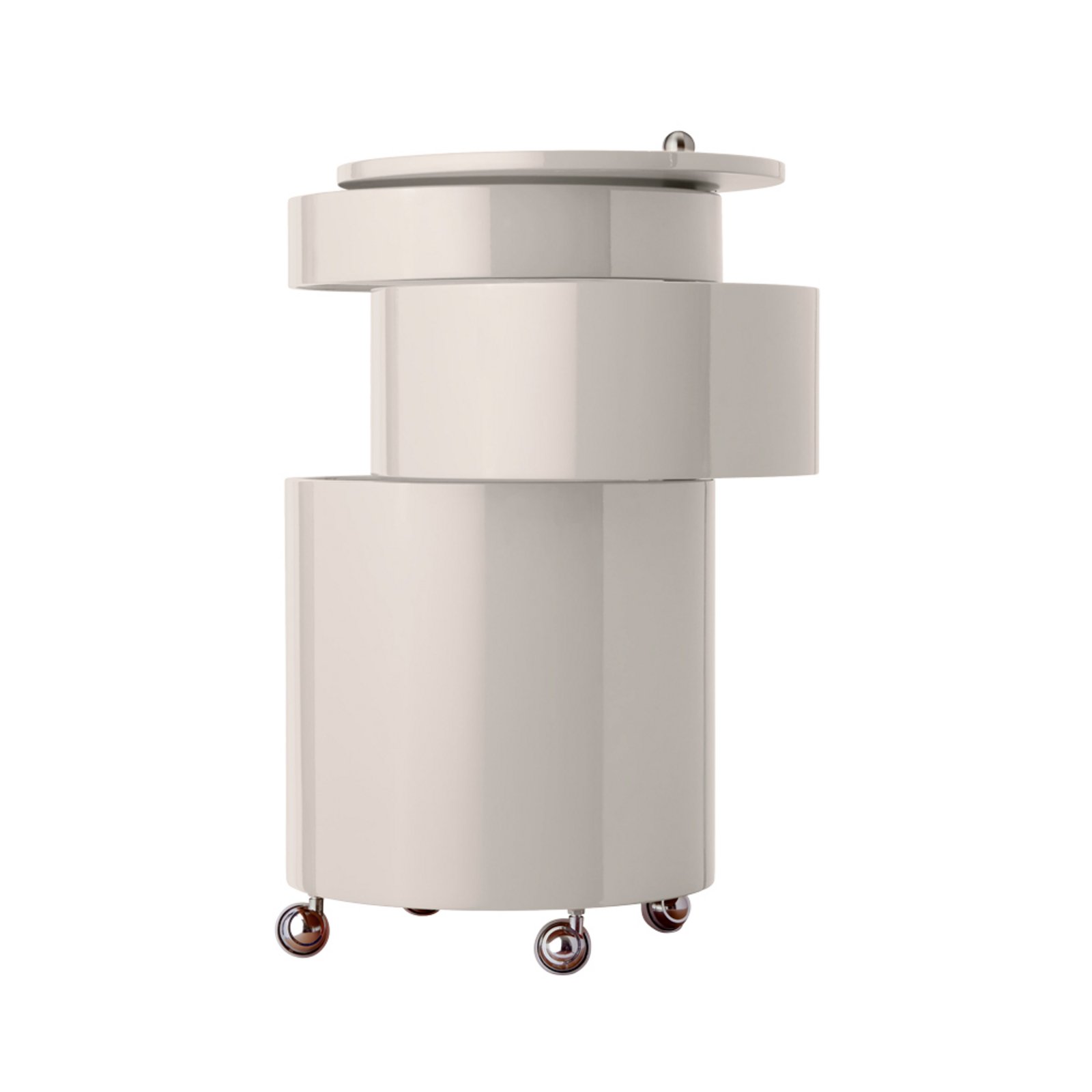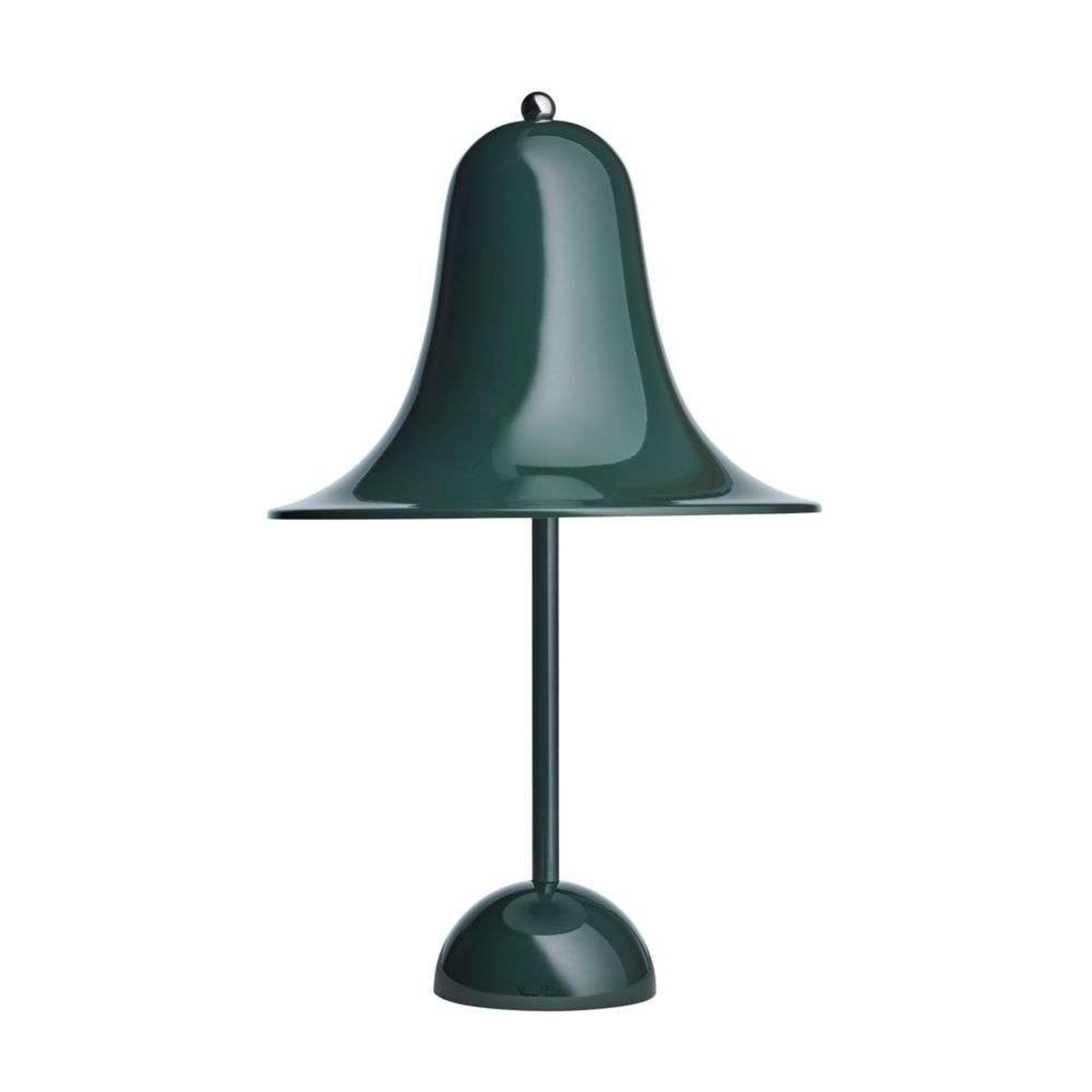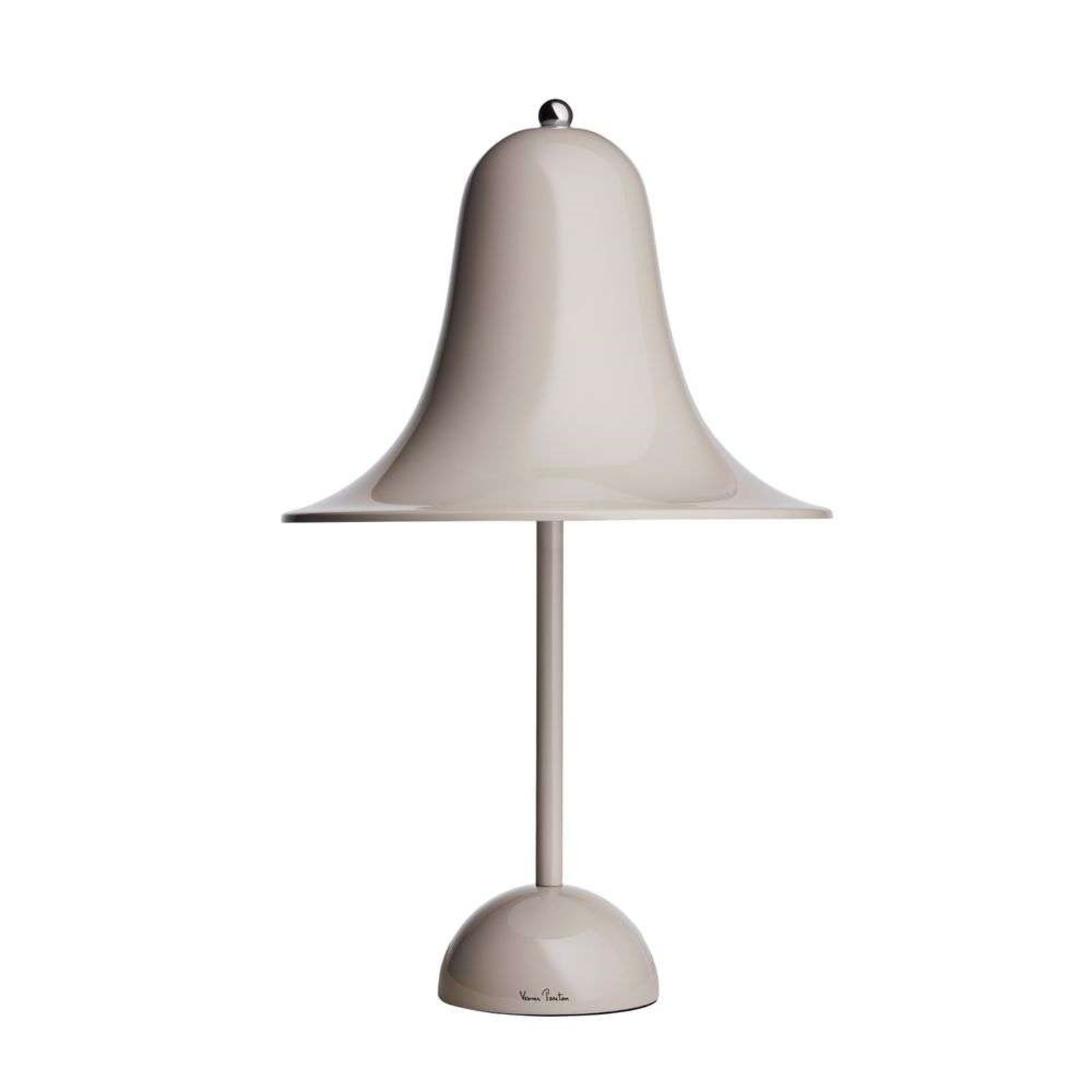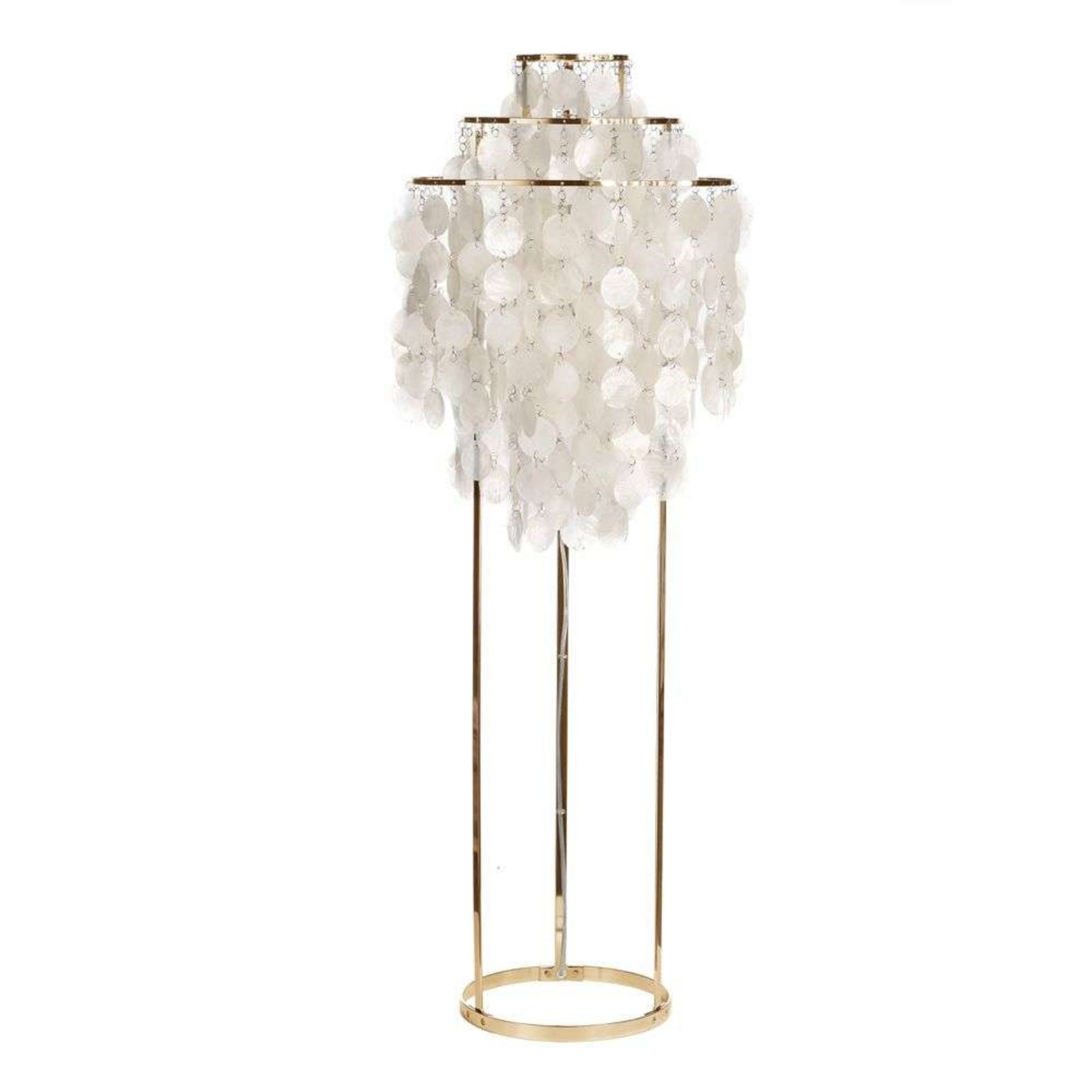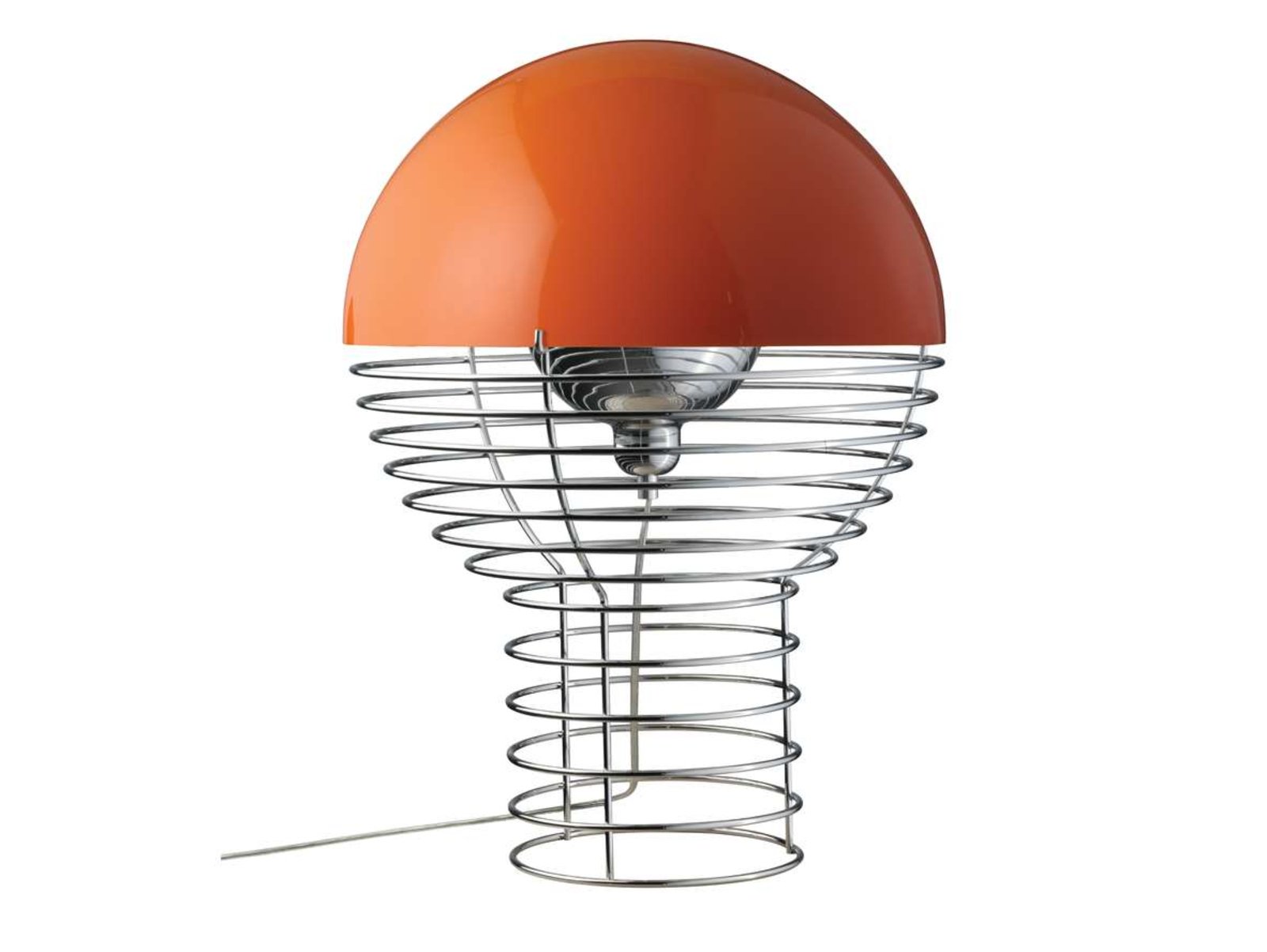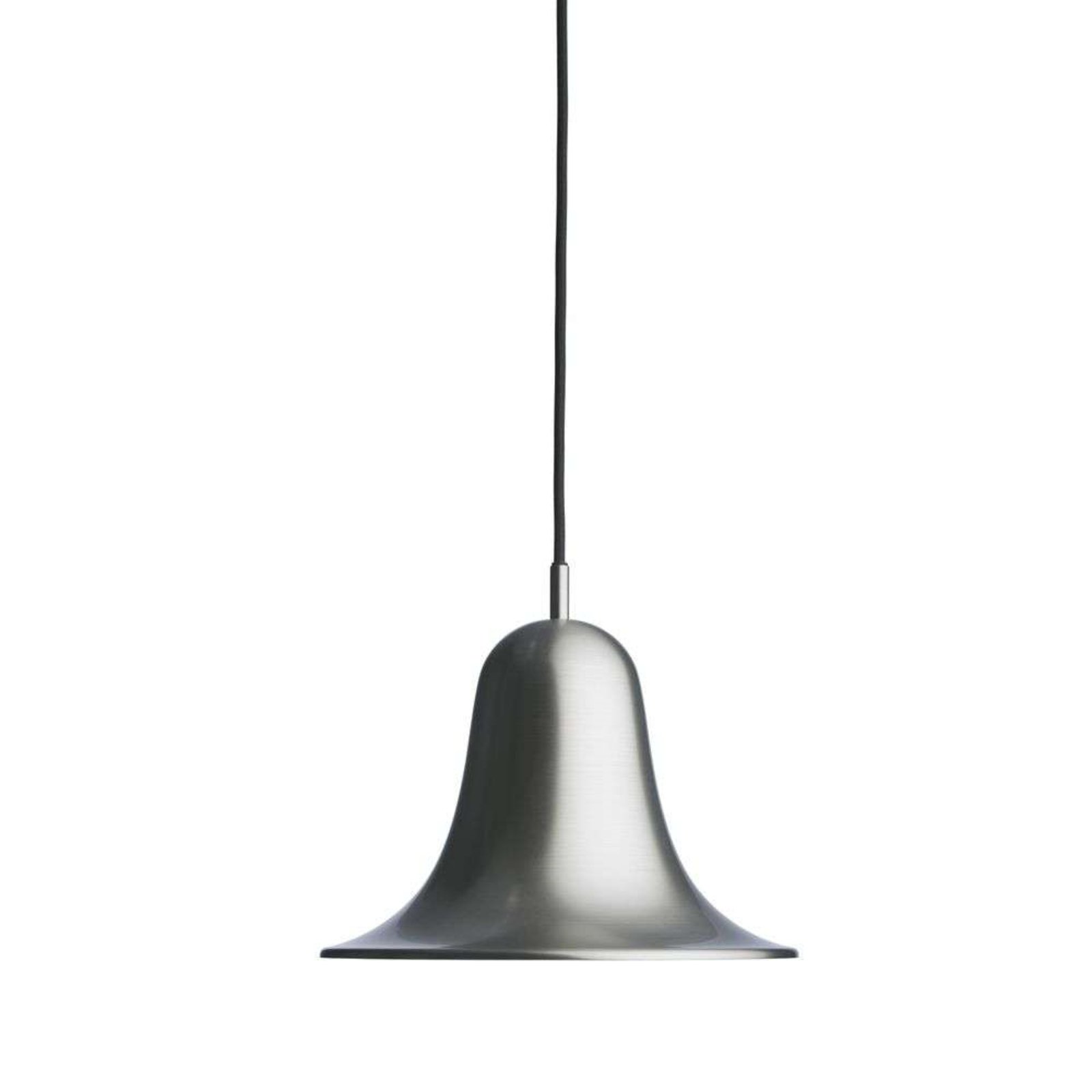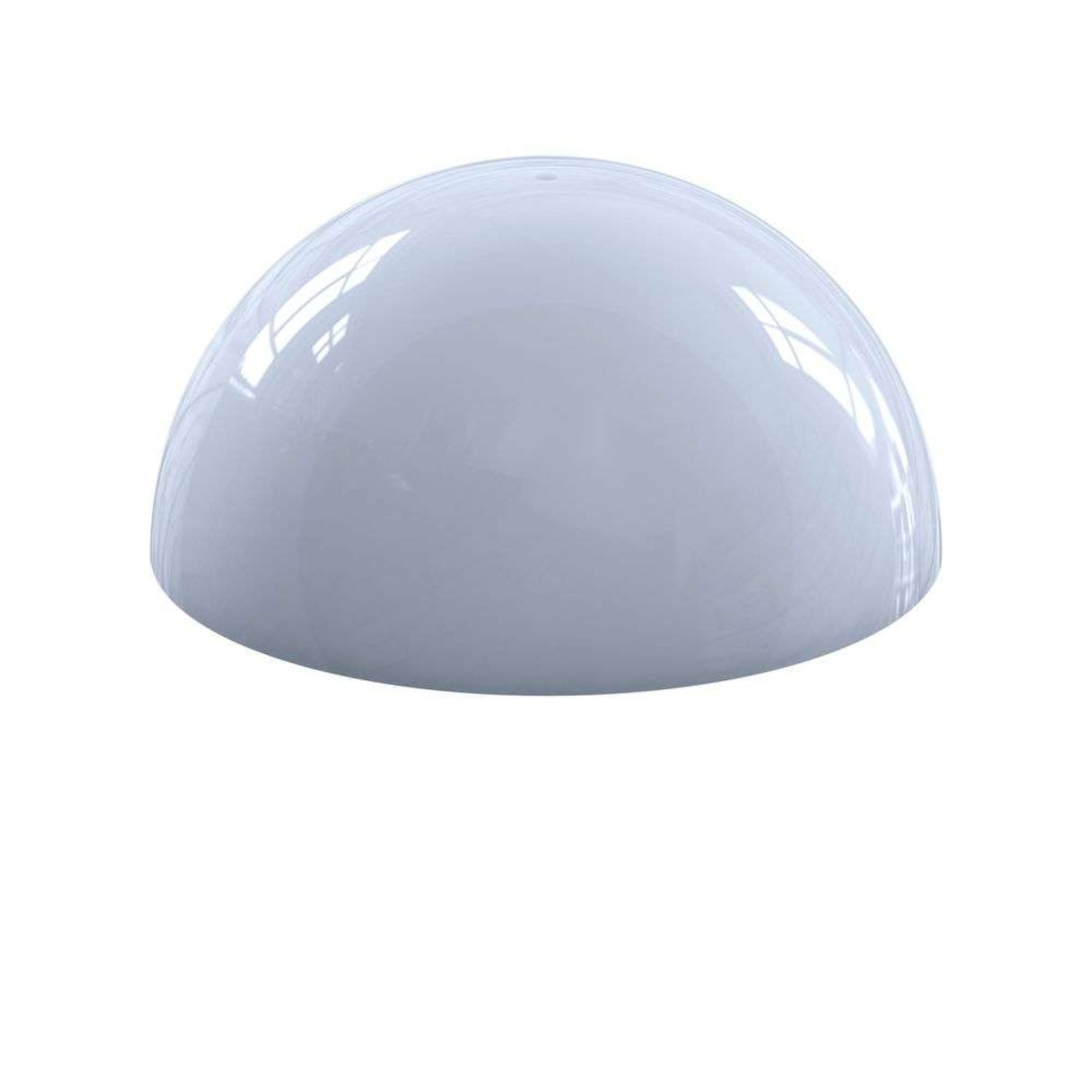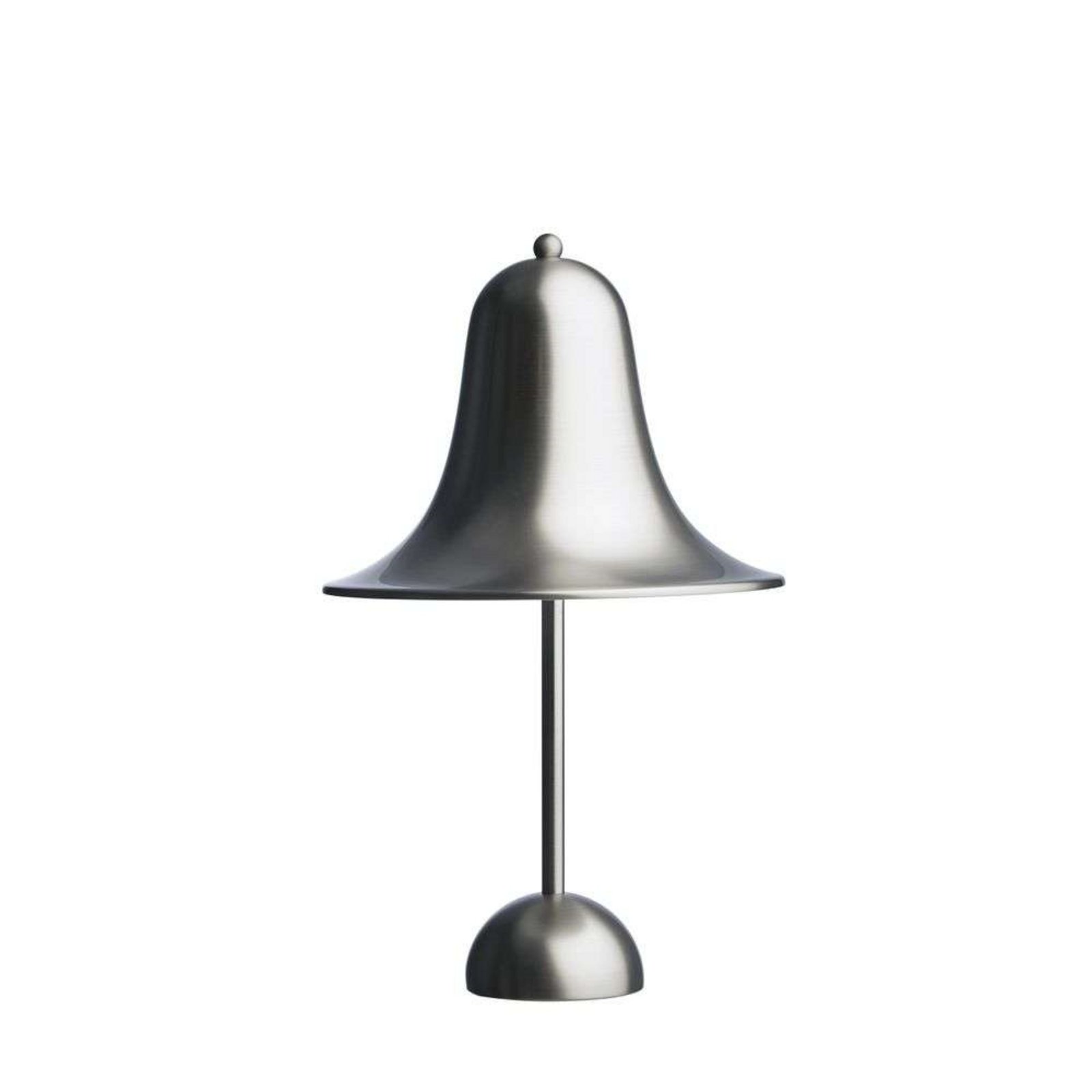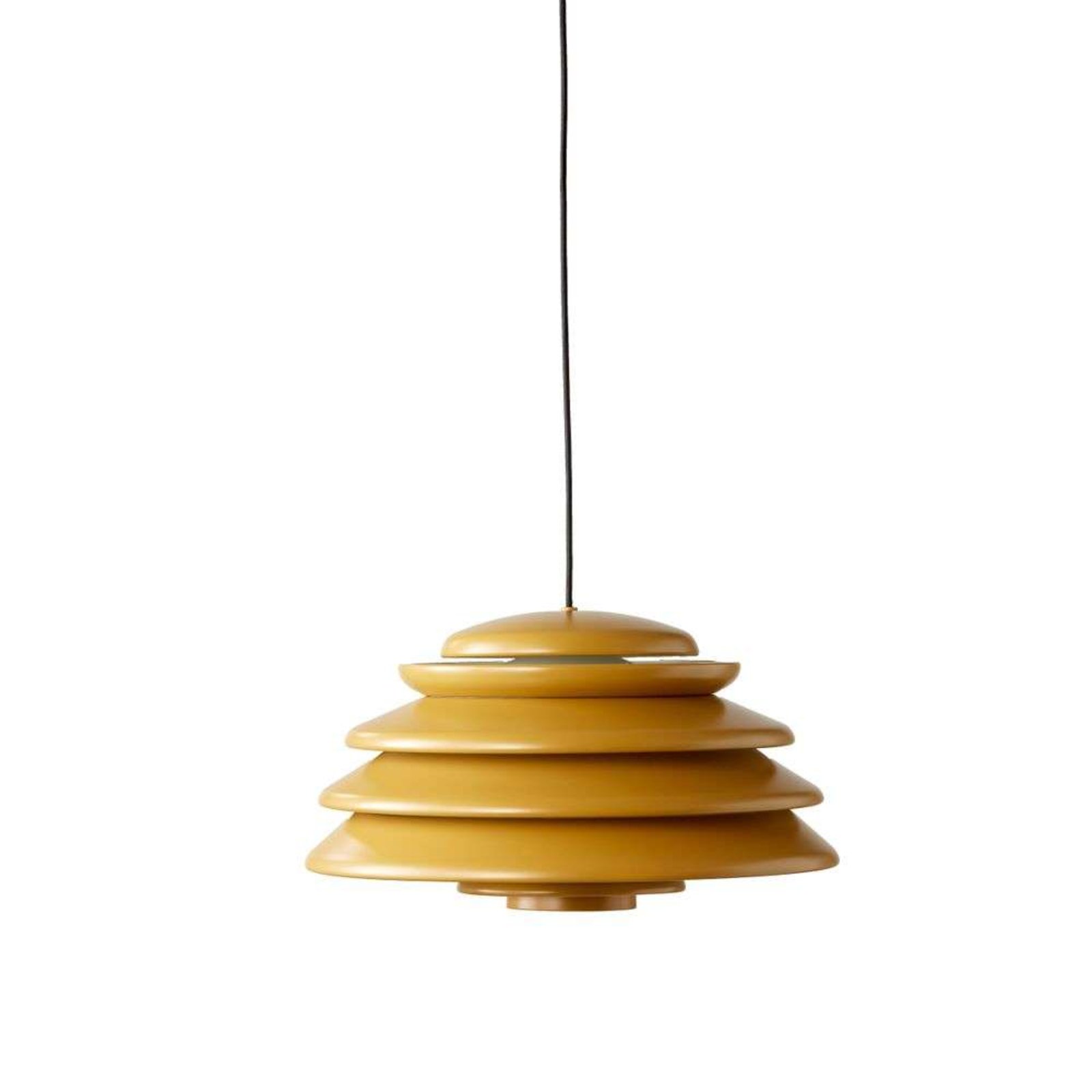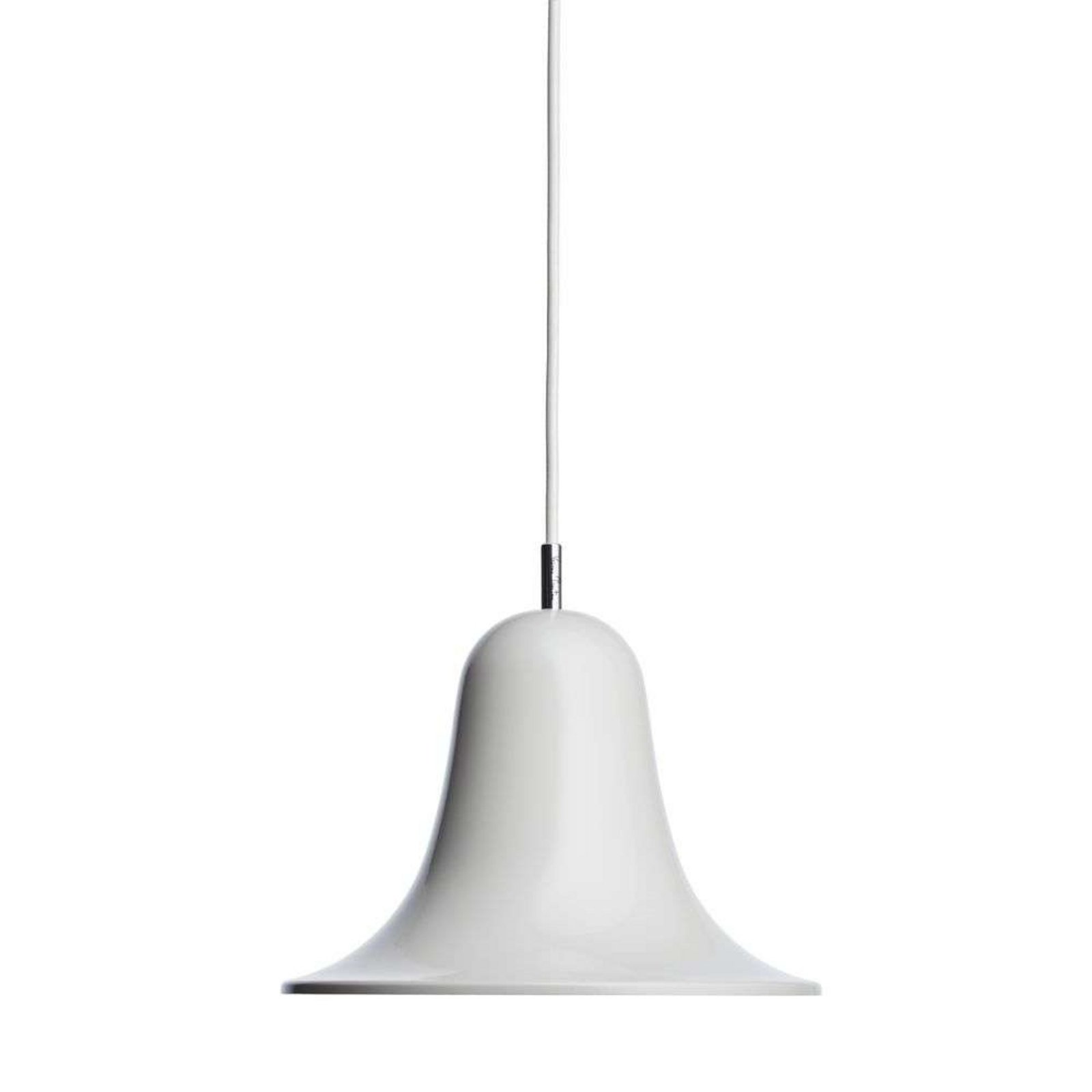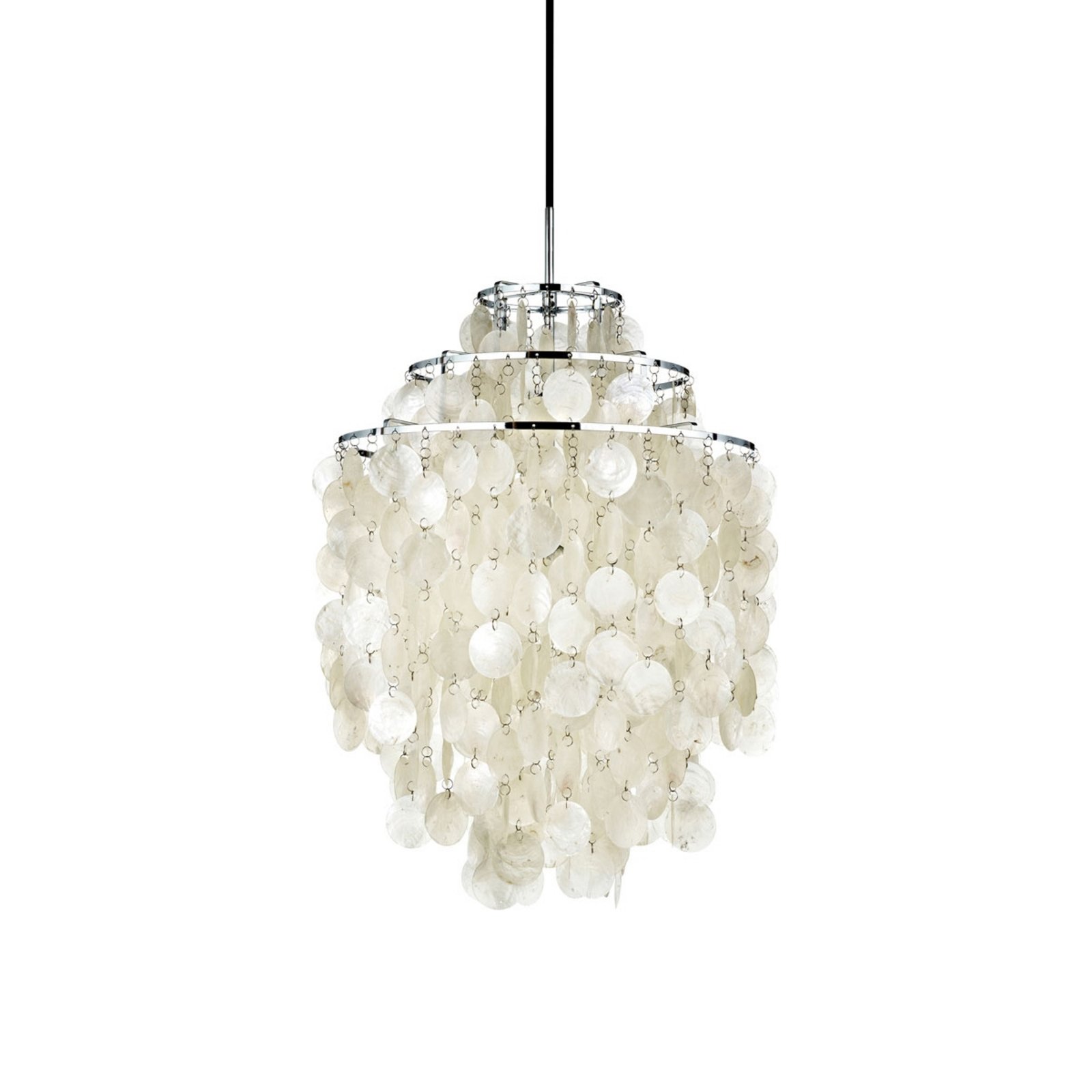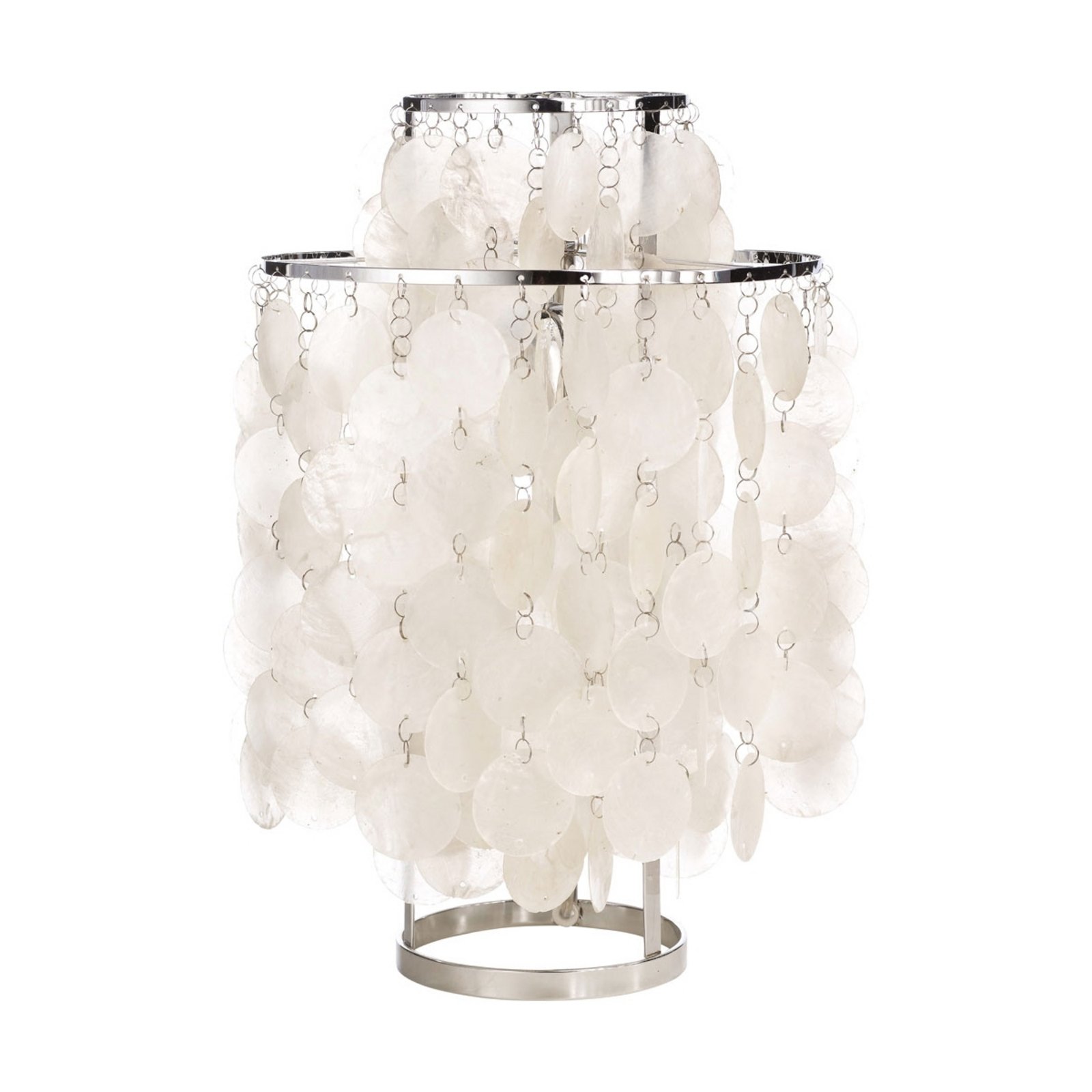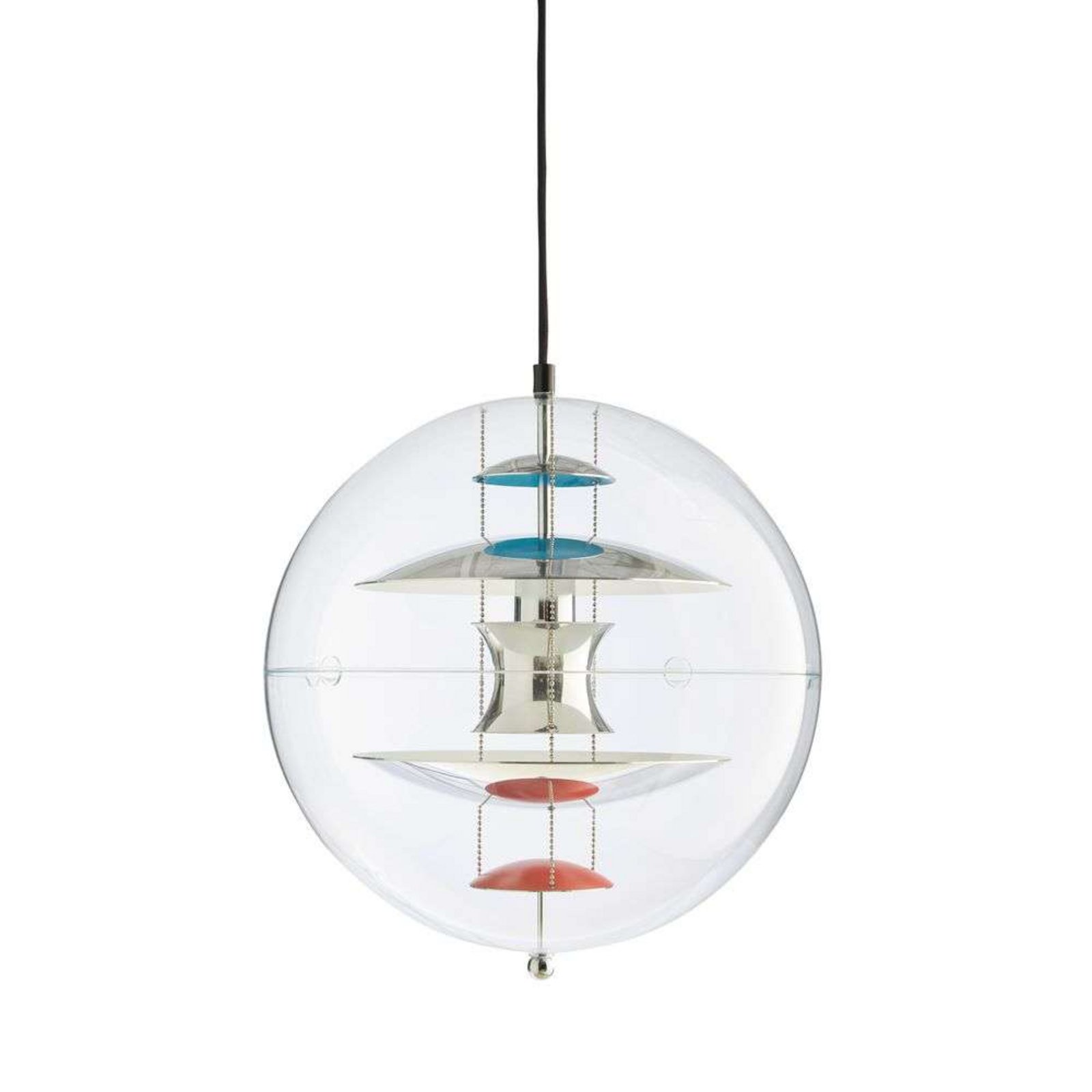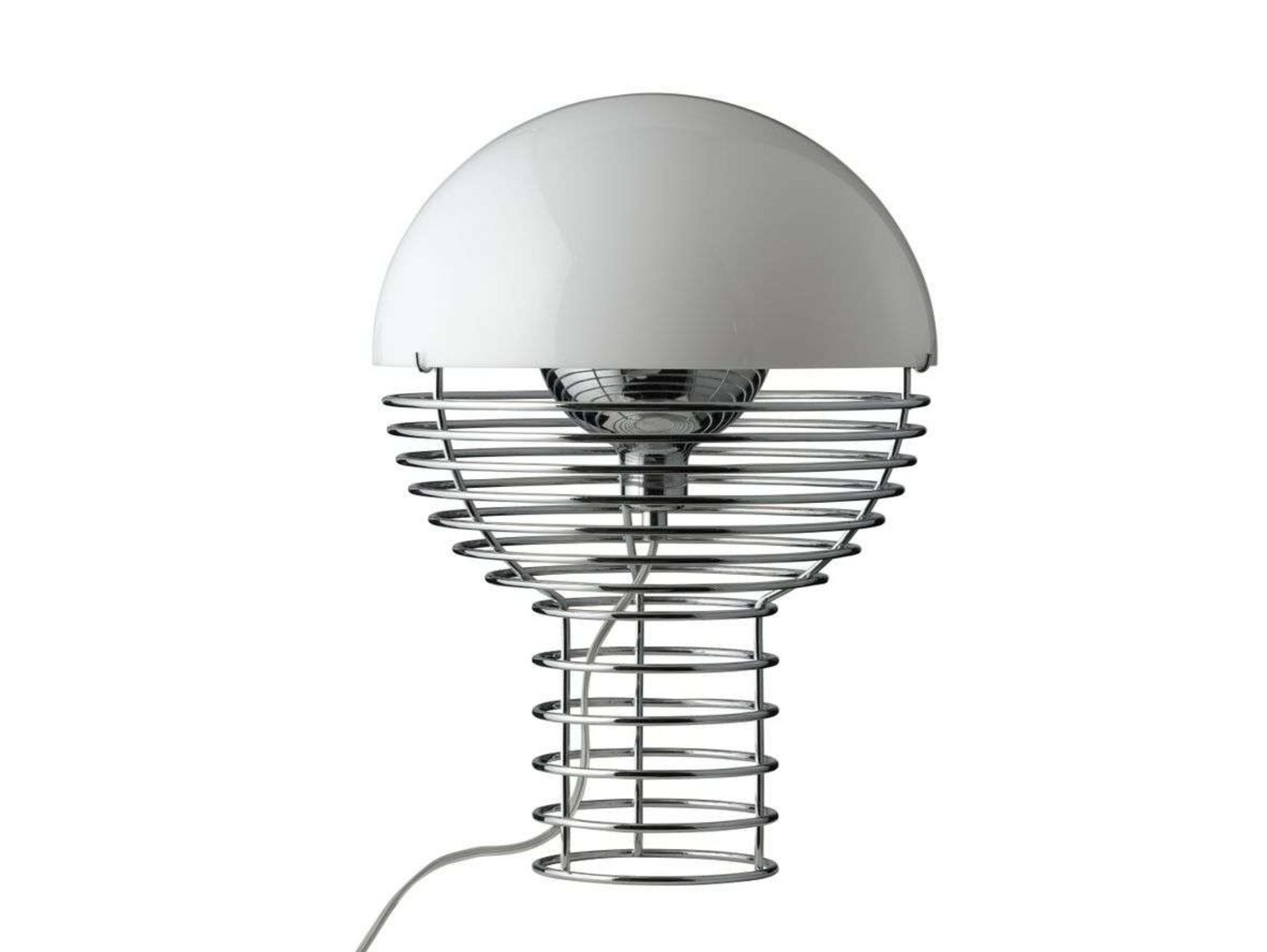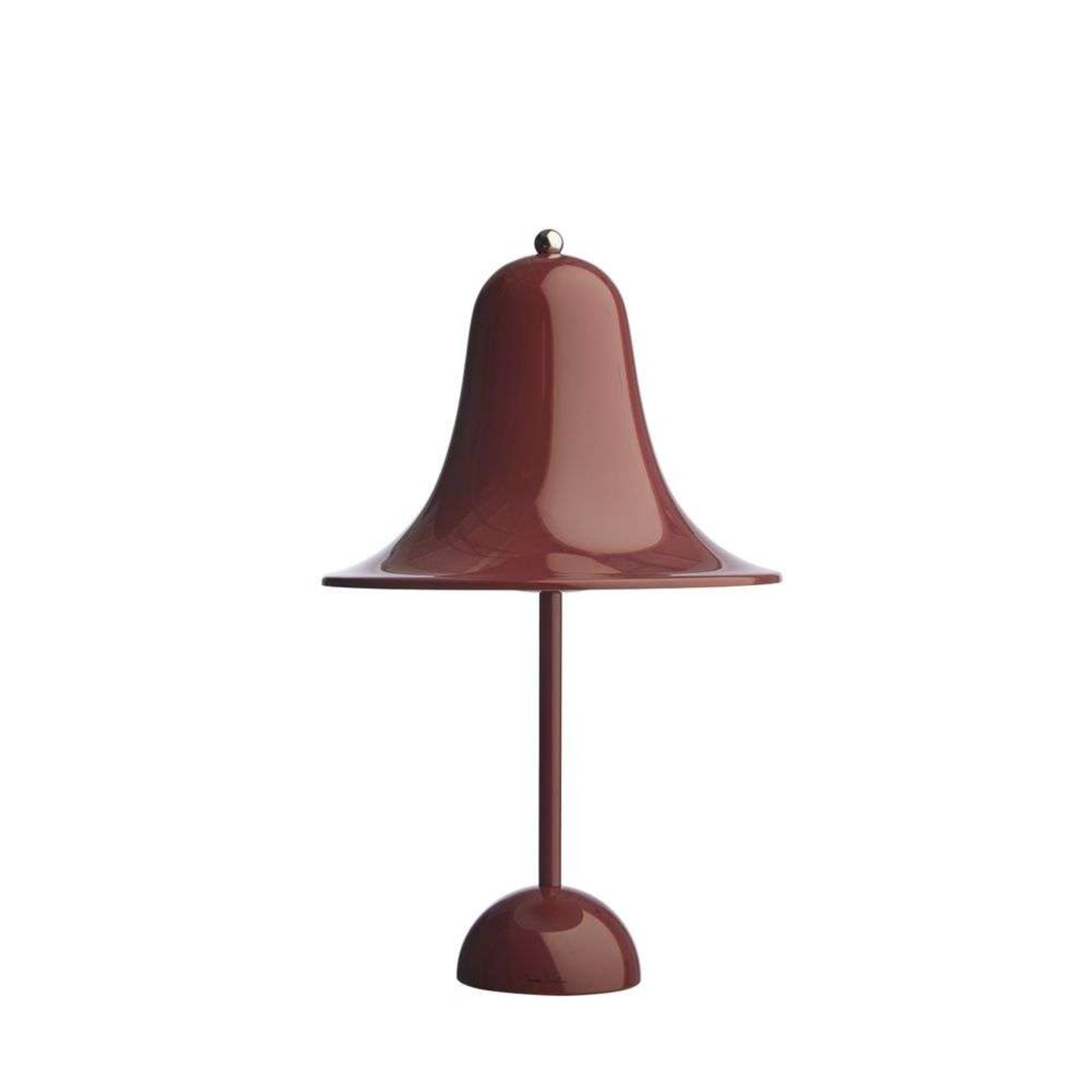Verner Panton
Born: 1926.\ Death: September 5, 1998.\ Famous works: Flowerpot lamp, VP Globe pendant, Panthella lamp, Topan lamp, Tivoli chair and Verner Panton chair.\ Education: Architect.
Verner Panton had close connections to many of the most important Danish designers of the time. He had been taught by Poul Henningsen at the Copenhagen Art Academy, and after graduating he worked for one of Denmark's greatest architects, Arne Jacobsen. Panton also had a friendship with designer-craftsman Hans J. Wegner. But where Wegner was famous for his ability to modernize classic Danish teak chairs, Panton's passion lay in experimenting with plastic and other fast, man-made materials that could be created in vibrant colors and geometric forms of pop art.
It was meeting Poul Henningsen at the Royal Danish Academy of Fine Arts that inspired Panton to design products. In 1950, Panton actually married Henningsen's stepdaughter, Tove Kemp, but they divorced soon after. Arne Jacobsen was an equally important collaborator for Panton and they made the famous 'Ant' chair together.
:format(jpeg))
Panton's many design awards
Throughout his industrious life, Verner Panton received many design awards. Among the most important were:
- The PH Award in Denmark 1967
- International Design Award in the USA 1963, 1968 and 1981
- Bundespreis - Gute Form in Germany 1972 and 1986
- German selection in Germany 1981, 1982, 1984, 1985 and 1986
- Danish Design Council Annual Award, Denmark 1991
- Norwegian Design Award in Norway 1992
- The Bo Bedre Award in Denmark in 1992
More about Verner Panton's designs
After Panton became known as a visionary designer, he could afford to experiment. He developed the first inflatable furniture - made from transparent plastic film, he also created a "total environment" for the Astoria Hotel in Trondheim, Norway, where the walls were floors and the ceilings in an Op Art-inspired pattern in variations of the same color. This was a precursor to the later, more fantastical "total environments" that Panton created at the Hamburg headquarters Spiegel in 1969 for the Visiona II exhibition.
Although he won numerous awards during the 1970s, Panton gradually lost his place at the center of the design scene. In the cynical post-Vietnam era, the politicized designers seemed more conspicuous than Panton's playfully optimistic faith in Pop and technology.
But in the mid-1990s, when mid-20th century modernism in general - and Verner Panton in particular - became fashionable again, graphic designer Peter Saville chose a 'Shell' lamp as the centerpiece of his much photographed apartment in London's Mayfair. Similarly, a 1995 issue of British Vogue featured a naked Kate Moss on a Panton chair.
Panton won even more awards and his designs from the 1960s were put back into production. He was invited to design an exhibition at the Trapholdt Museum in Kolding and the exhibition opened as planned on September 17, 1998, but unfortunately Verner Panton died 12 days earlier.
